You often ask me where I get inspiration for our trips. And I answer that very often I get inspired by what “pops up” on social media. This was no different with this trip – I saw it on Facebook as a post by the Lenk-Simmental tourist office and knew we would make it happen as soon as possible. It met all the parameters we could ask for from a trip:
a) the starting point was not too far from our place (about 55 minutes),
b) it is a loop trail,
c) it is a route where we can learn about the interesting history of the place,
d) it leads mostly in the shade of the forest, which is ideal for hot summer days that you don’t want to spend by the water, but in nature.
Bad Weissenburg
The thermal spring above Weissenburg has been known for over 400 years. In 1604, the Bernese Council financed the spring, built a spa, and employed a bath master. In its heyday (from 1850 until the outbreak of World War I), Bad Weissenburg was a meeting place for high nobility and was known throughout Europe, as drinking the water here promised healing effects. The baths were also of great economic importance to the region, with 150 to 200 local people finding employment in Weissenburg and farms in the surrounding region being able to supply their products.*
Starting point of the trail
The starting and ending point of the route is Weissenburg. From Bern, you can get here by direct BLS train (RegioExpress in the direction of Zweisimmen, Weissenburg is a request stop). There are also several parking spaces at the picturesque station.
Cross the railway tracks and then follow the pleasant forest path along the rocks to the ruins of the Weissenburg Baths (direction Ehem. Weissenburgbad).
Bad Weissenburg – Area of Front Baths
In 1875 a bathhouse was built to cope with the increase in the number of people seeking treatment. It burned down in 1898, but thanks to its international fame and the high demand for treatment in Bad Weissenburg, a new Grand Hotel was built within a year.
Recent notable visitors included Queen Wilhelmine of the Netherlands, who stayed here with her daughter for treatment in 1938, and Princess Juliana became engaged to Prince Bernhard during her stay, attracting guests from all over the world. After the Second World War, however, the place lost its importance and in the 1960s the bathhouse was finally closed. In 1974 it burned to the ground.**
With the ruins of the front bathhouse in sight, turn left onto the trail leading down to the left (see the first photo). This will take you to a small pond with a gushing spring. Note! Your four-legged pets are not allowed in the pond.
Back on the way, or by an inconspicuous footpath in the hill, you will reach the area where the Grand Spa Hotel used to stand. Now you will find the ruins of a kitchen wing and a restored music pavilion. You can read about the history of the spa on the information panels.
There is also a beautiful place for a barbecue with two fireplaces and tables and benches.
Thermal spring
Behind the ruins of the front spa, the route continues. In a few dozen meters you will reach the place where you can taste the mineral spring that gave the place its fame.
In 1935, the young engineer Hans Widmer had the idea of bottling the water from the thermal spring as a drink and founded the company Weissenburg-Mineralthermen AG and started production in the basement of the bathhouse. Later, a modern bottling plant was built in Därstetten and the company operated there until the mid-1980s.
Rear baths
In less than half a kilometer, you will reach the area of the ” rear baths “. On the information boards, you can read about the history and buildings of the baths.
Bunschenschlucht (Buuscheschlucht)
The route continues along the Buuschebach stream and climbs slightly. After crossing a small suspension bridge over the Morgetenbach, a steep climb up metal steps begins before you reach another suspension bridge.
Leiterenweid Suspension Bridge
The Leiternweide suspension bridge over the Morgetenbach Gorge is 111 meters long and 111 meters high and was opened in October 2013. From here, from the Morgeten Alps, the Weissenburg baths used to be supplied – then only ladders and narrow paths led to the baths.
From the bridge turn left in the direction of Weissenburg. The trail is finally descending.
At the signpost in the forest, keep right in the direction of Buusche. After a short stretch in the woods, the path will lead you through pastures and a beautiful view of Simmental will open up.
Bären Buusche
Although decorated with a typical local name (here in Canton Bern it is usually Bären, Krone, Sternen, or Rössli), this is a restaurant serving traditional Thai cuisine. However, they also have local beer and ice cream for the kids 🙂 Refueled by Thai specialties, you can head back to Weissenburg.
Here you can see the remains of the former castle from the 13th century, from which the lords of Weissenburg ruled. Then you go down into the village and still have to climb back up to the train station. If you want, you can fill your bottles with the Weissenburger healing water for free in a small shelter and take it away as a souvenir of this lovely hike.
Summary
- The route is 7 kilometers long and not suitable for a pram
- The section after Hinter Weissenburg bad is marked as “Bergwanderung”, so I recommend sturdy footwear and be very careful when climbing the metal stairs.
- A 3D profile of the route can be found on the Tourenplaner-Schweiz website.




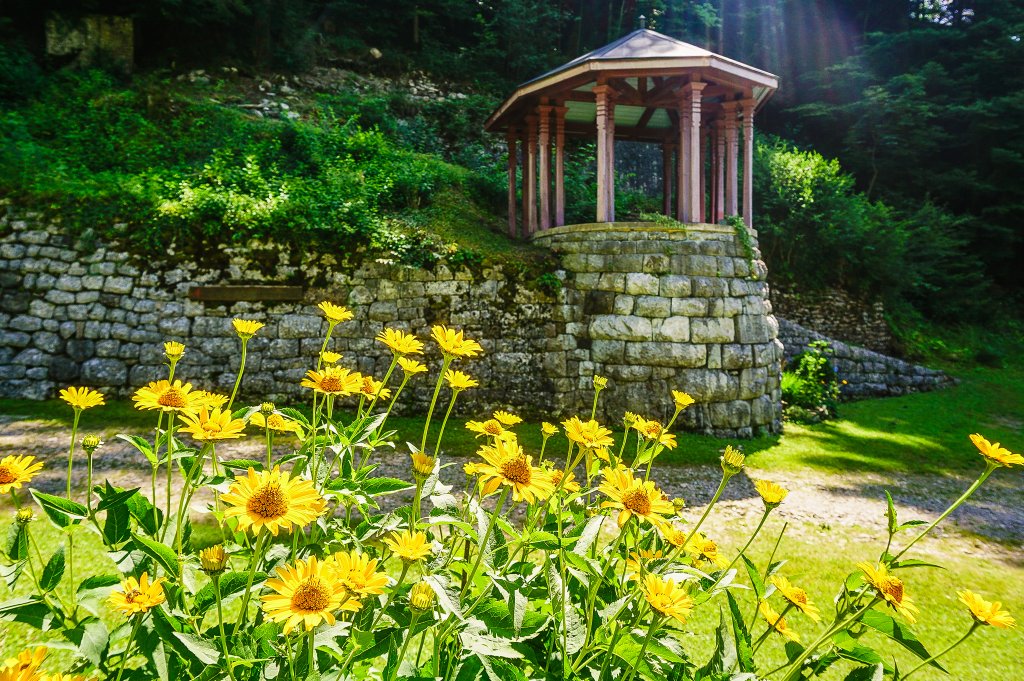
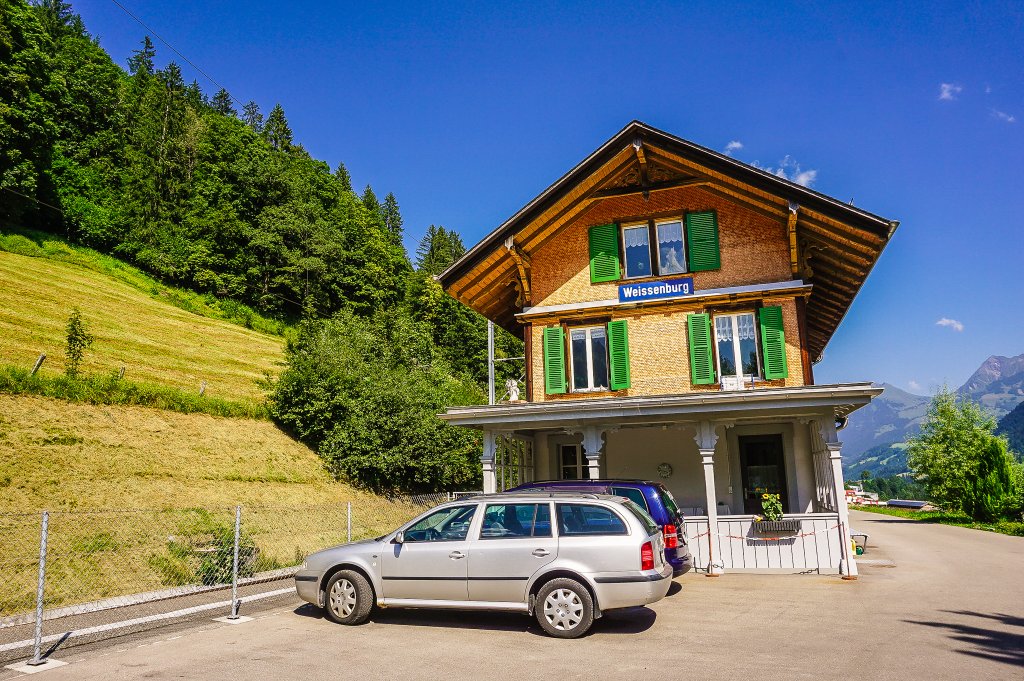
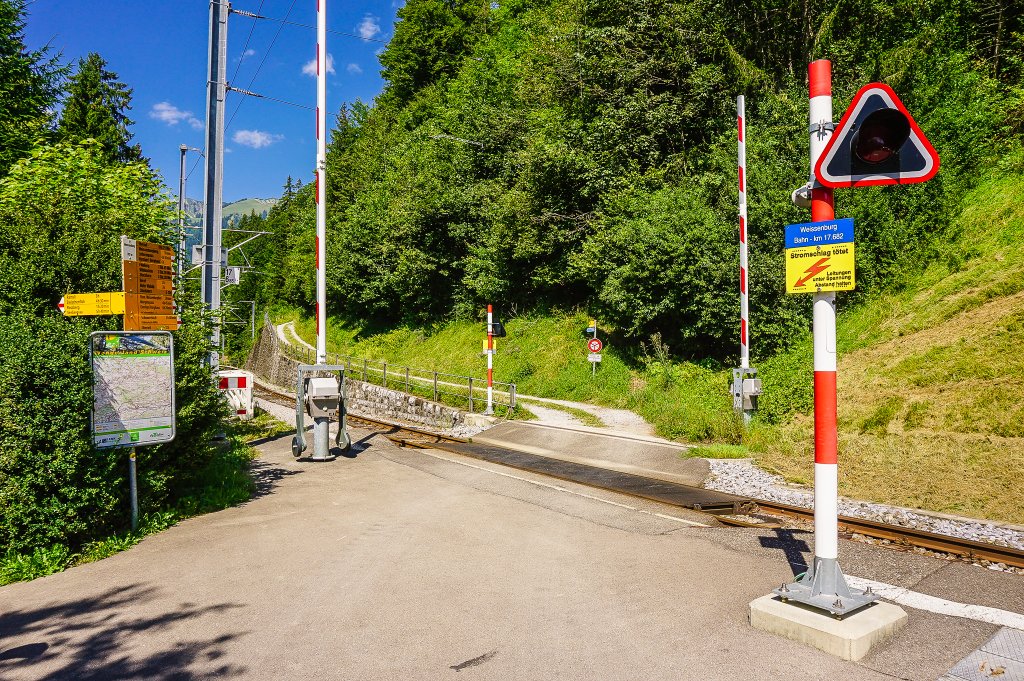
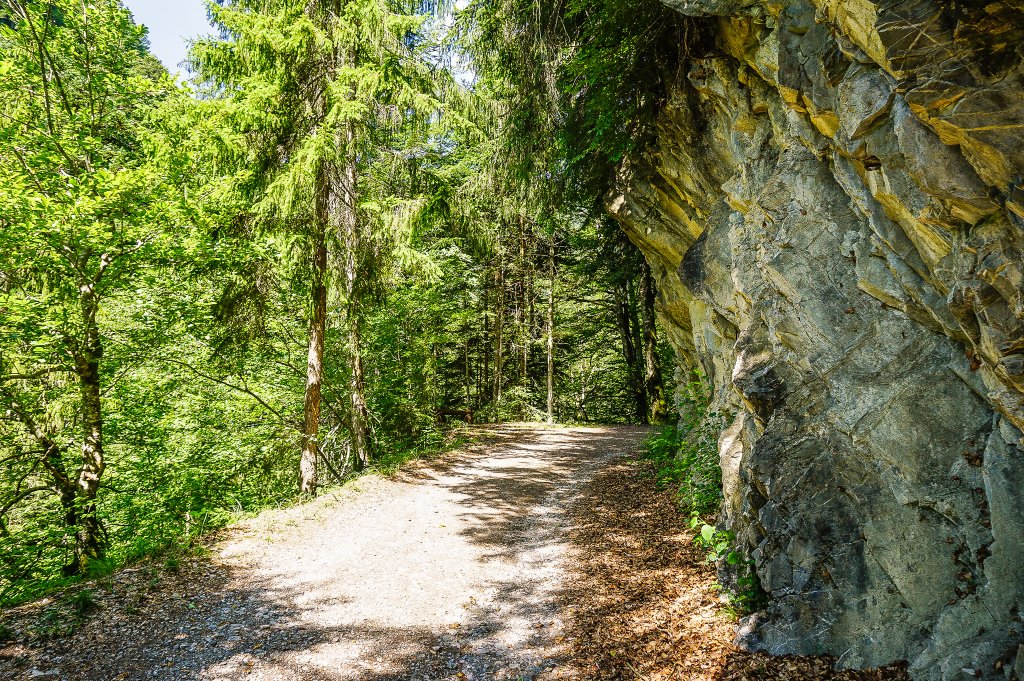
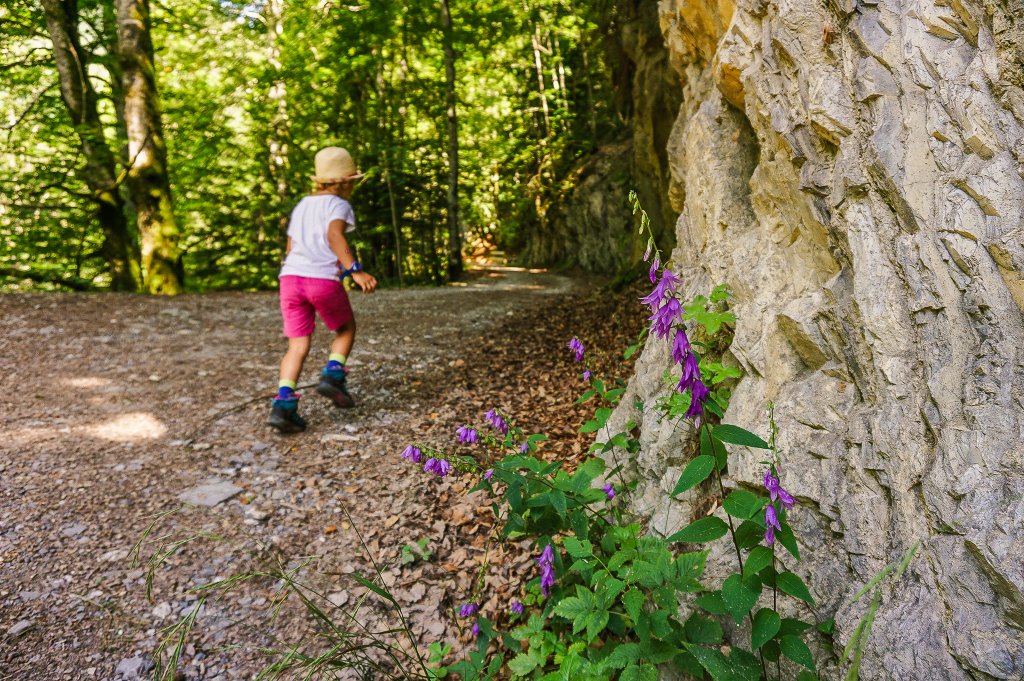
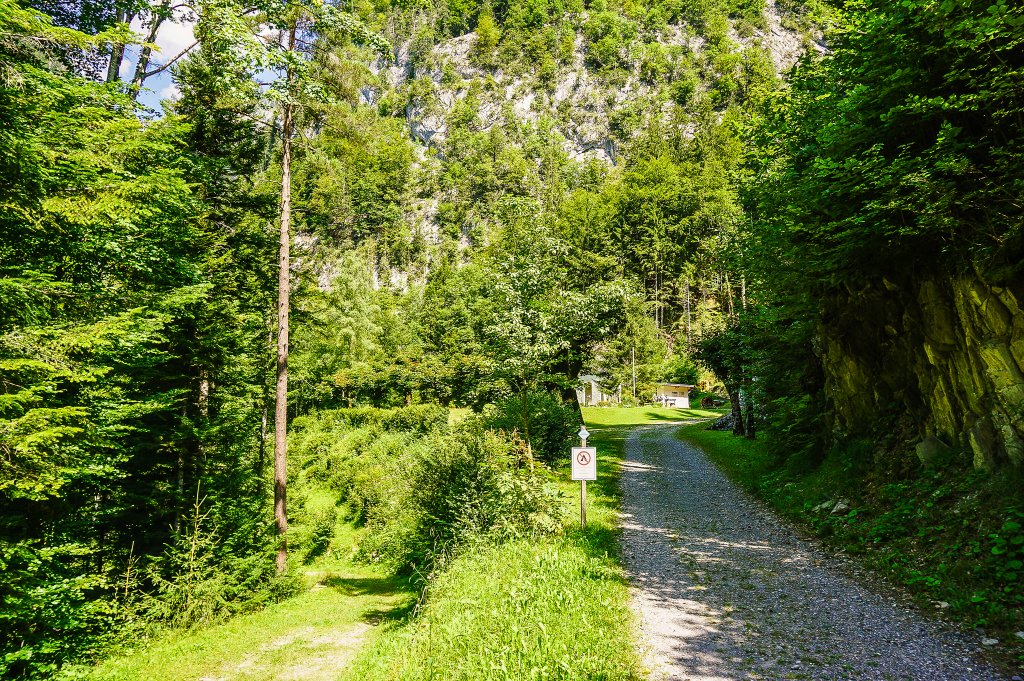
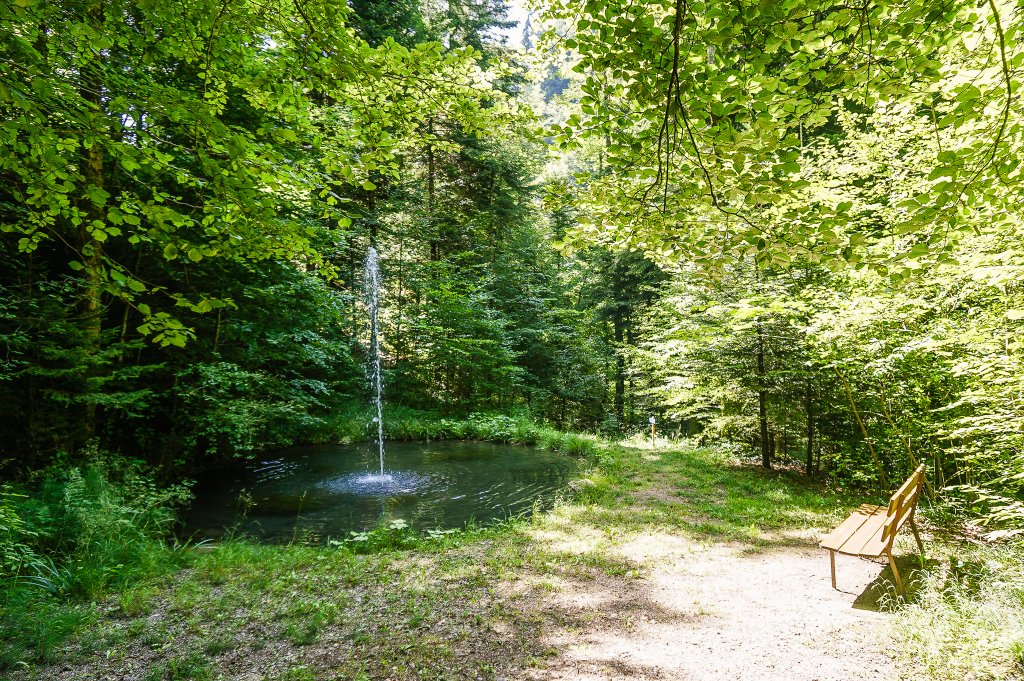
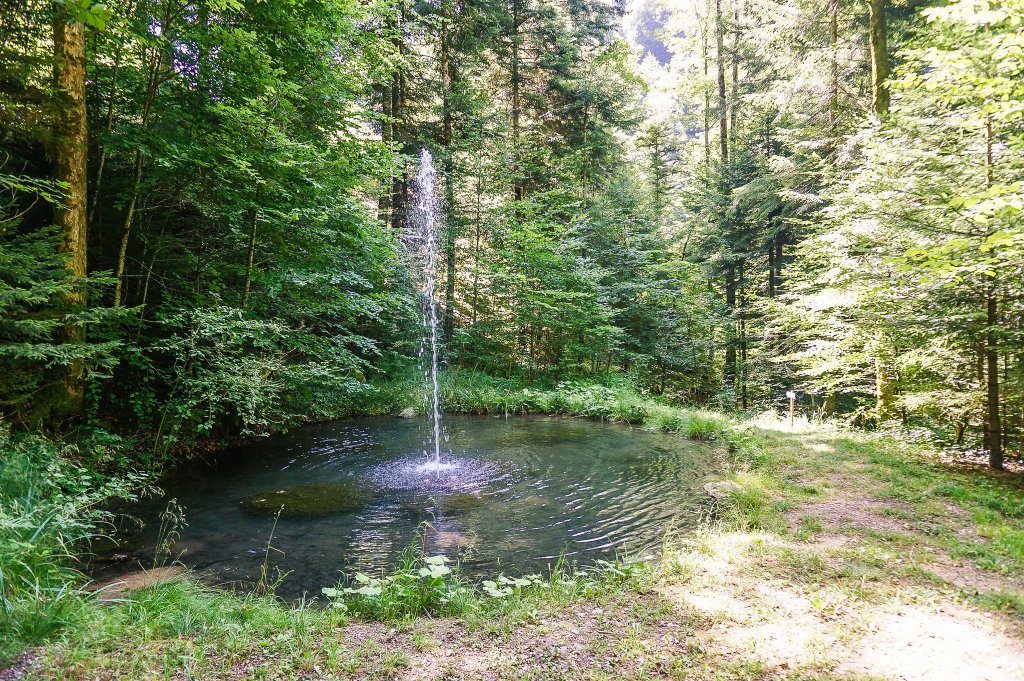
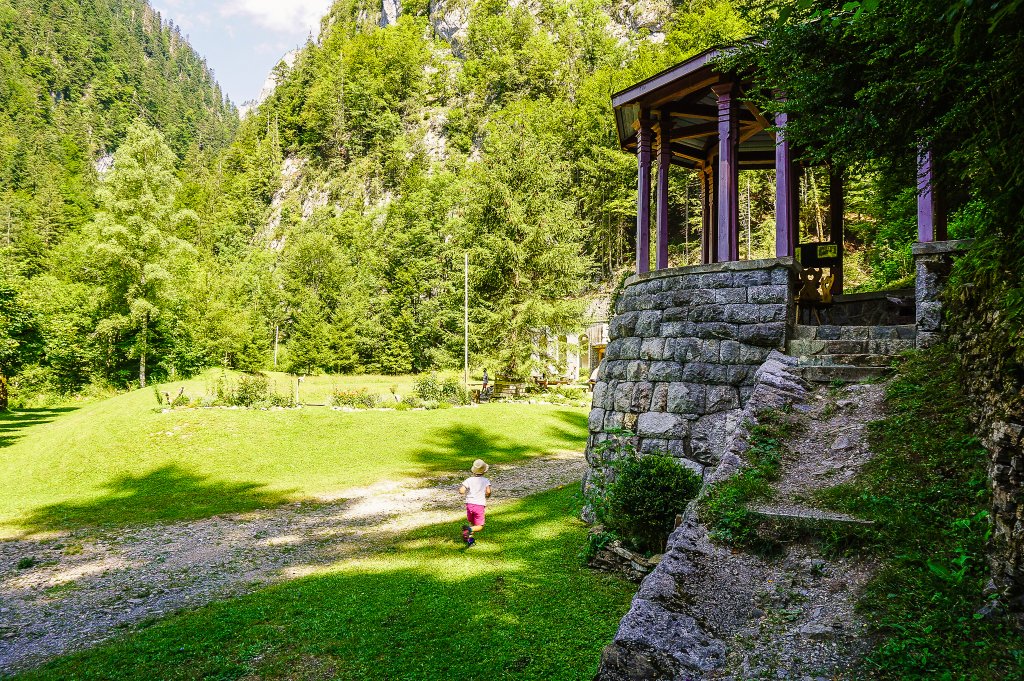
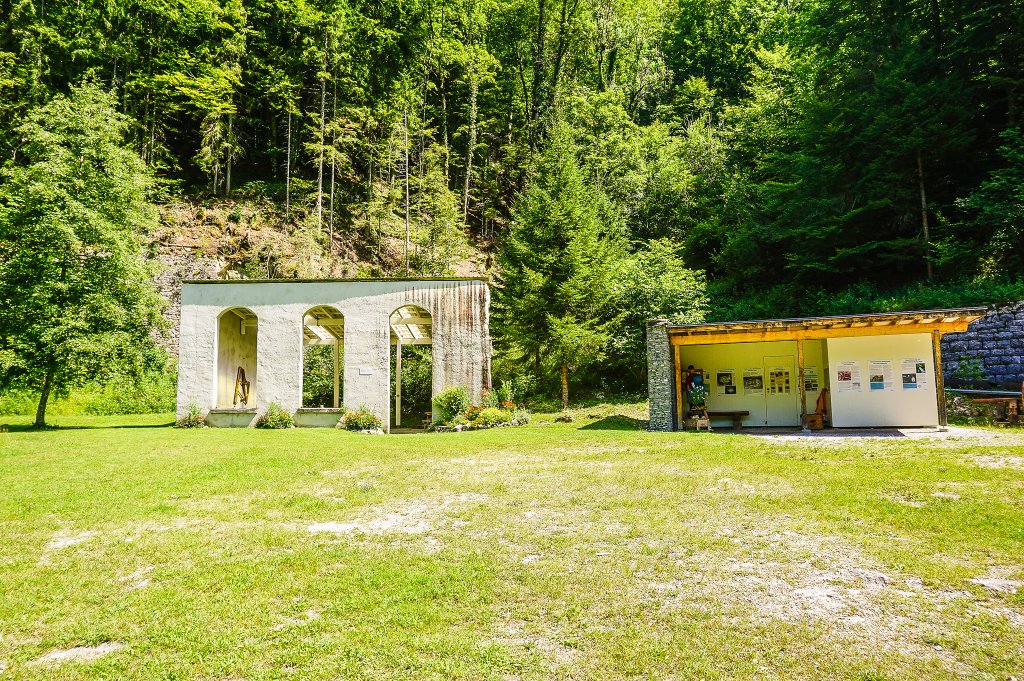
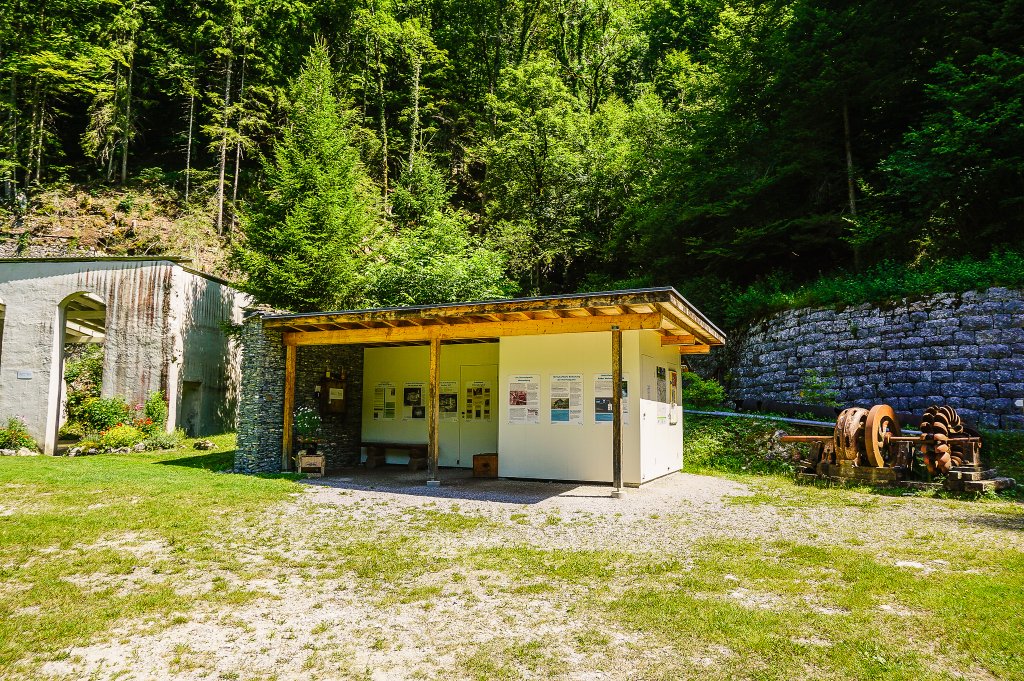
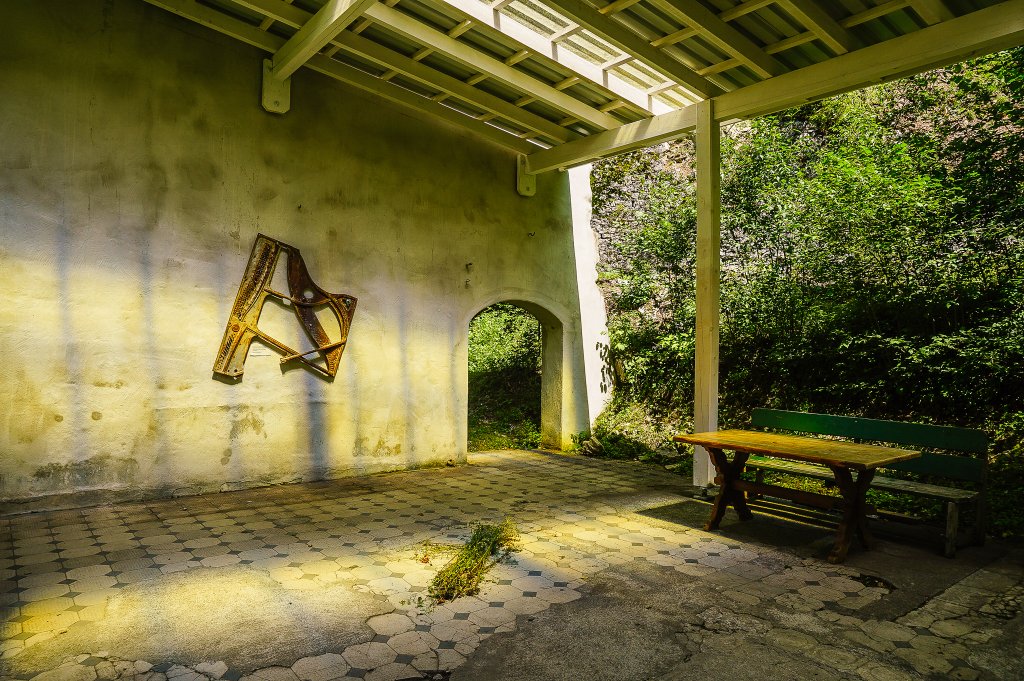
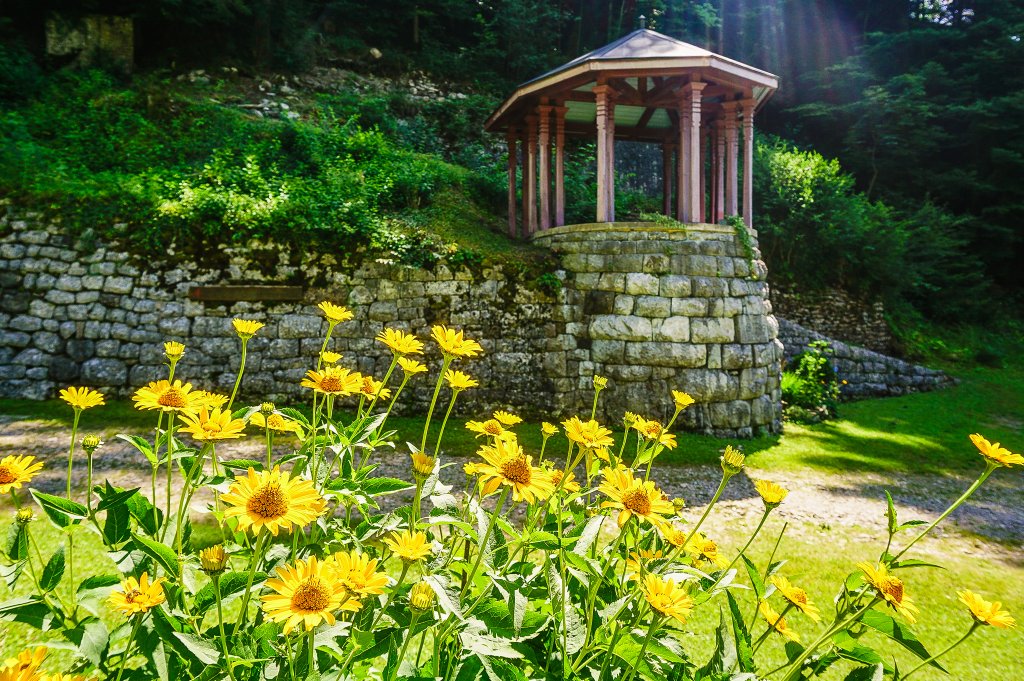
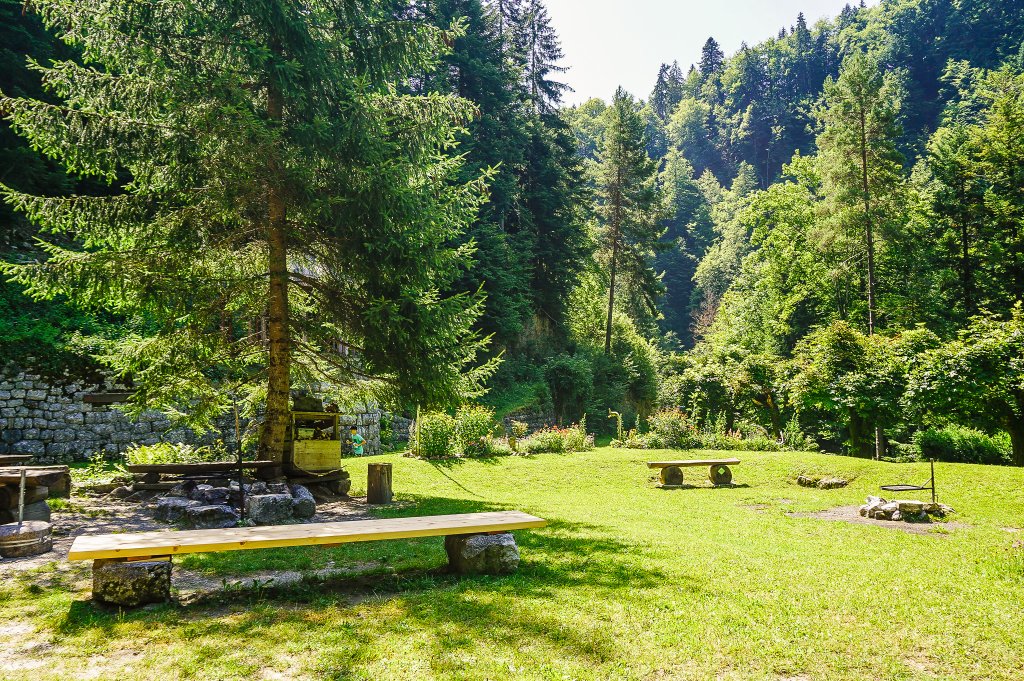
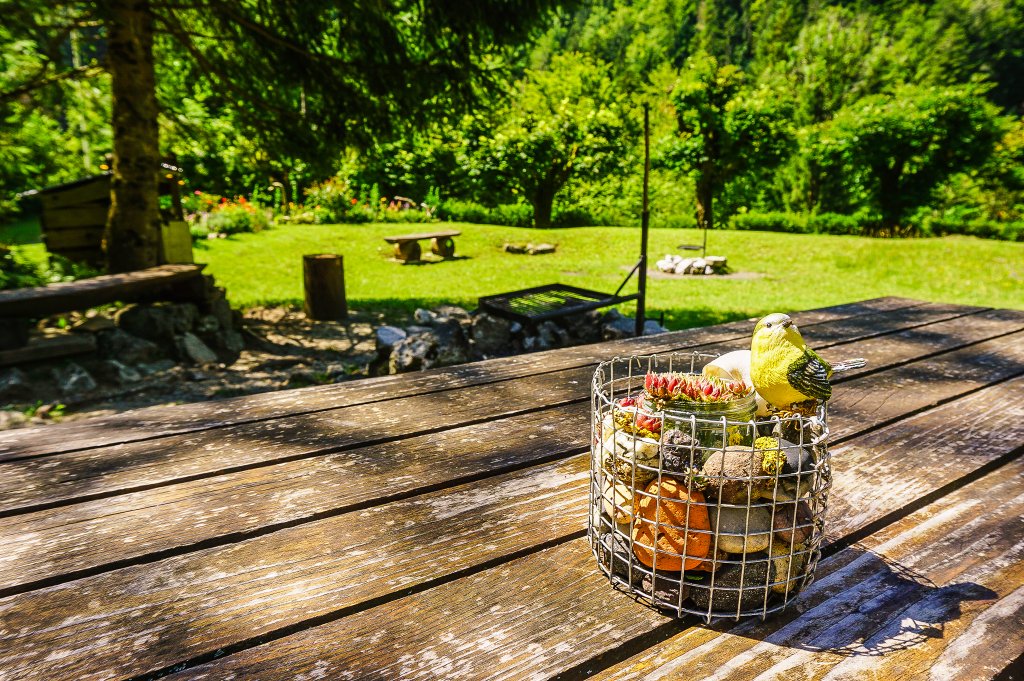
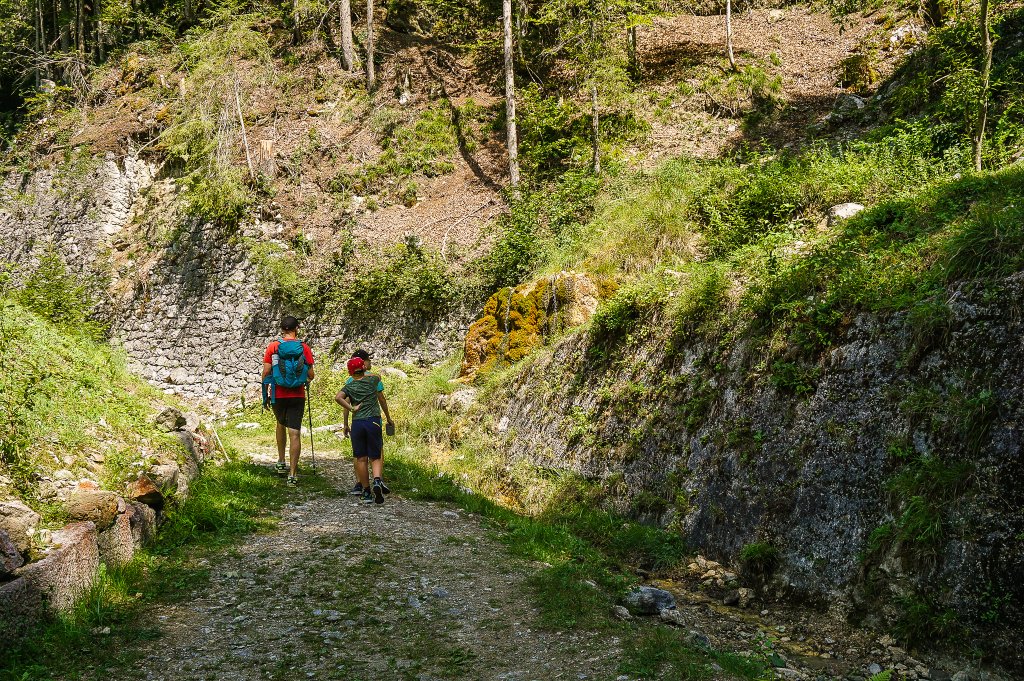
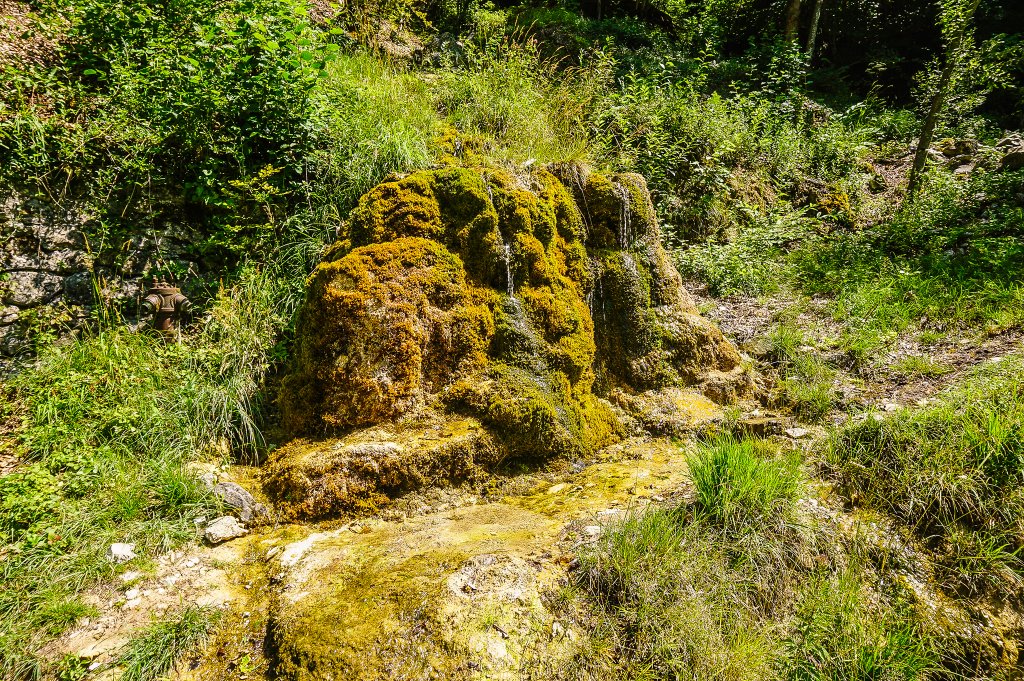
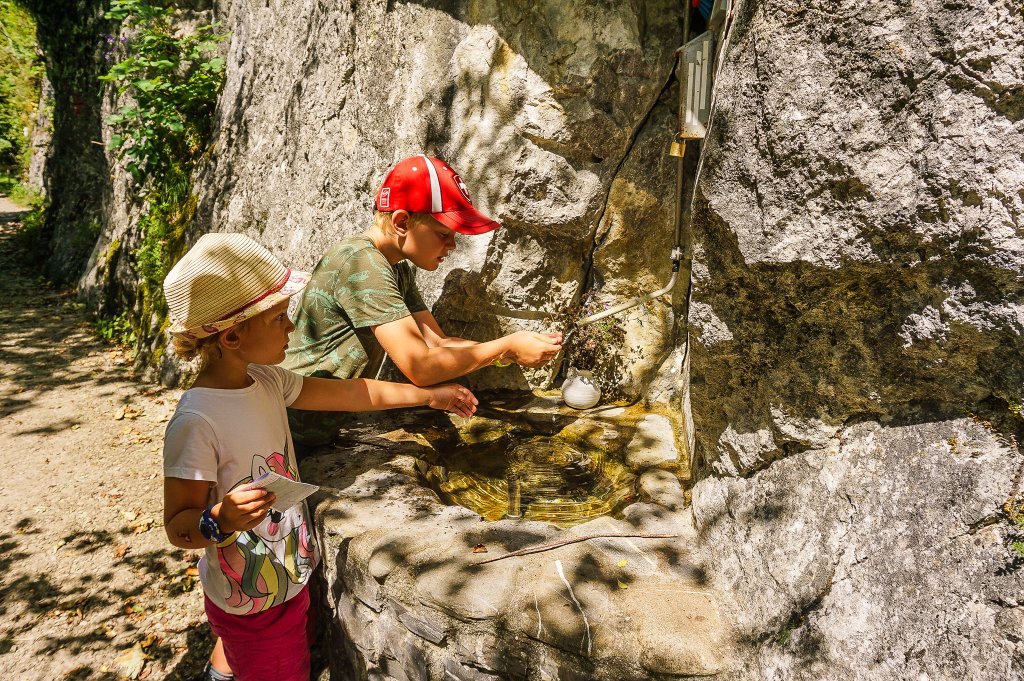
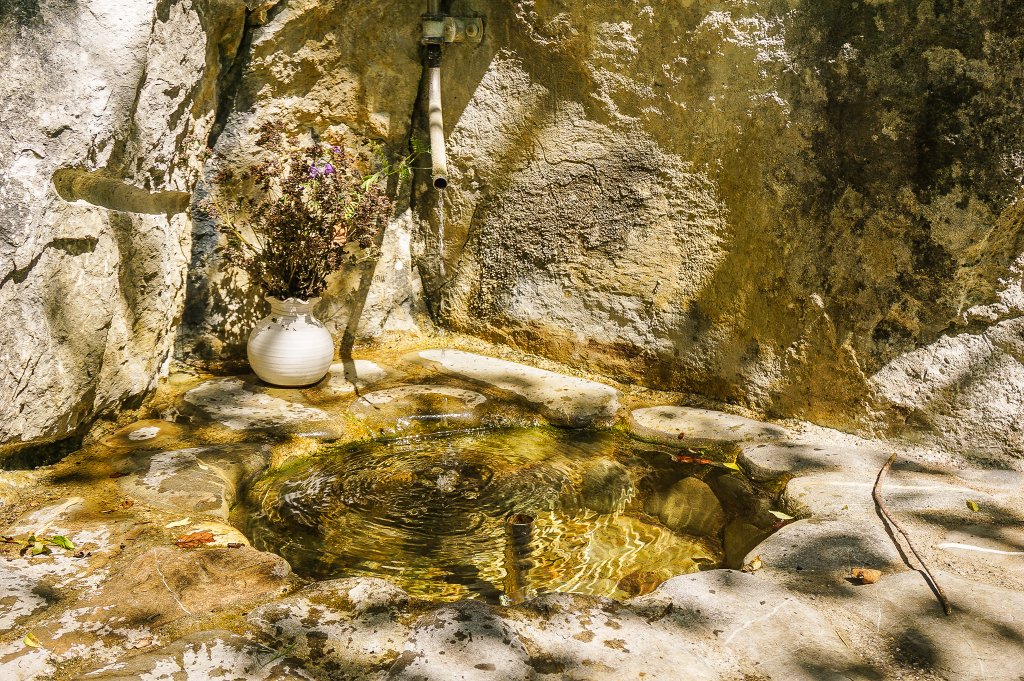
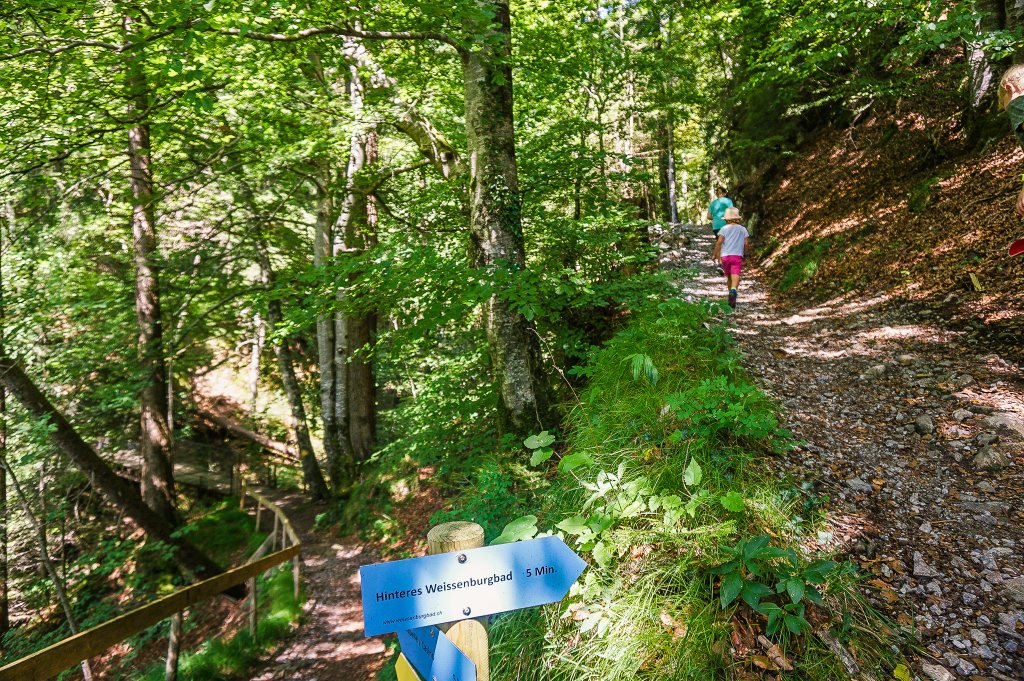
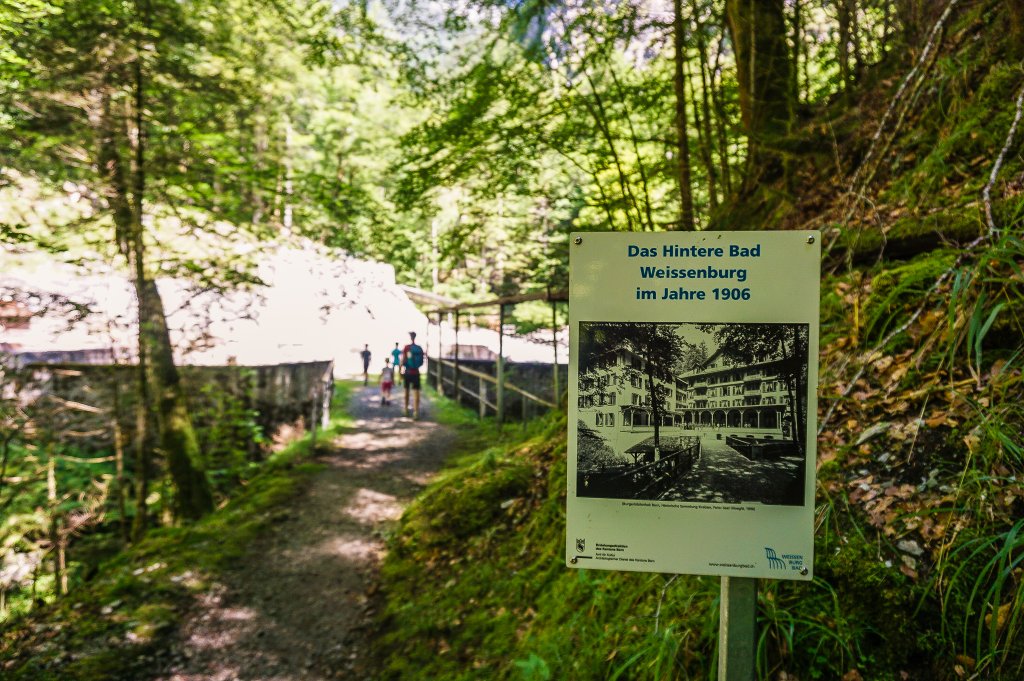
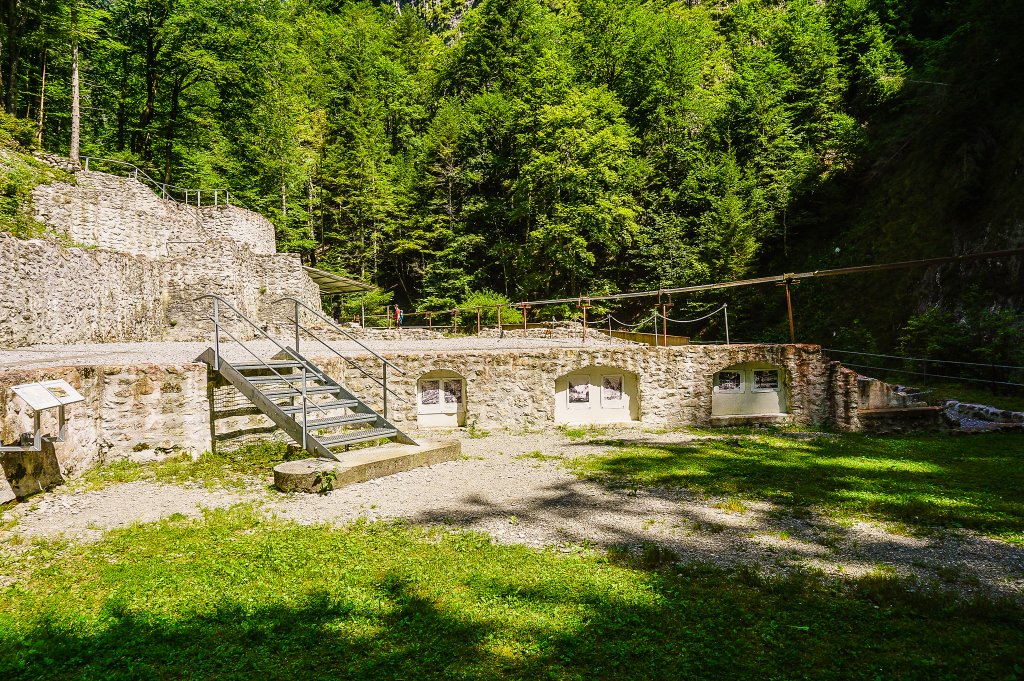
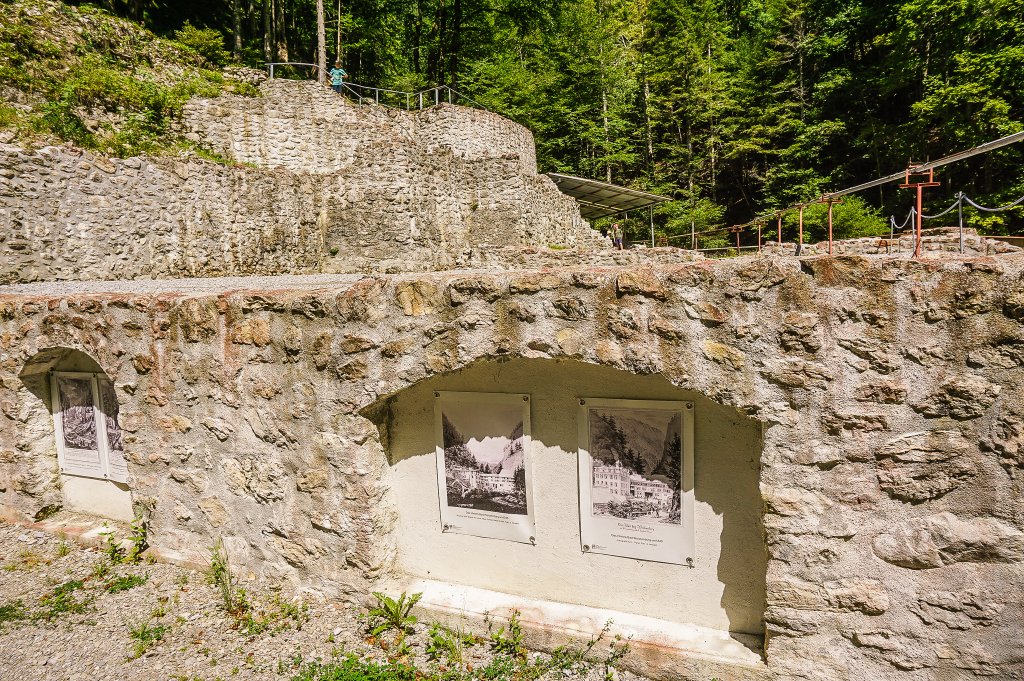
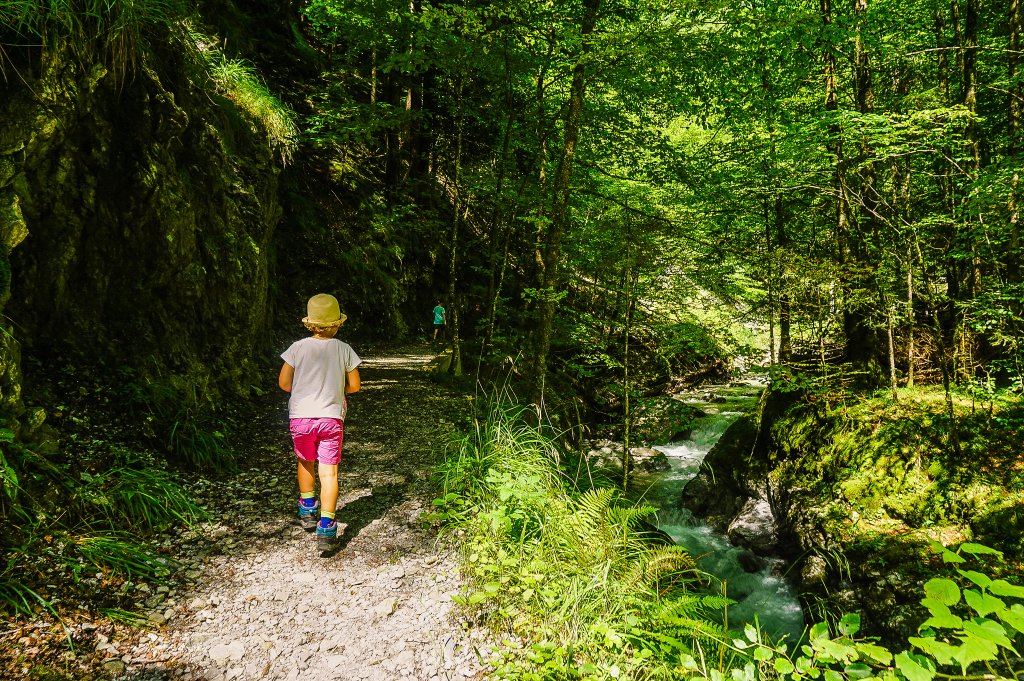
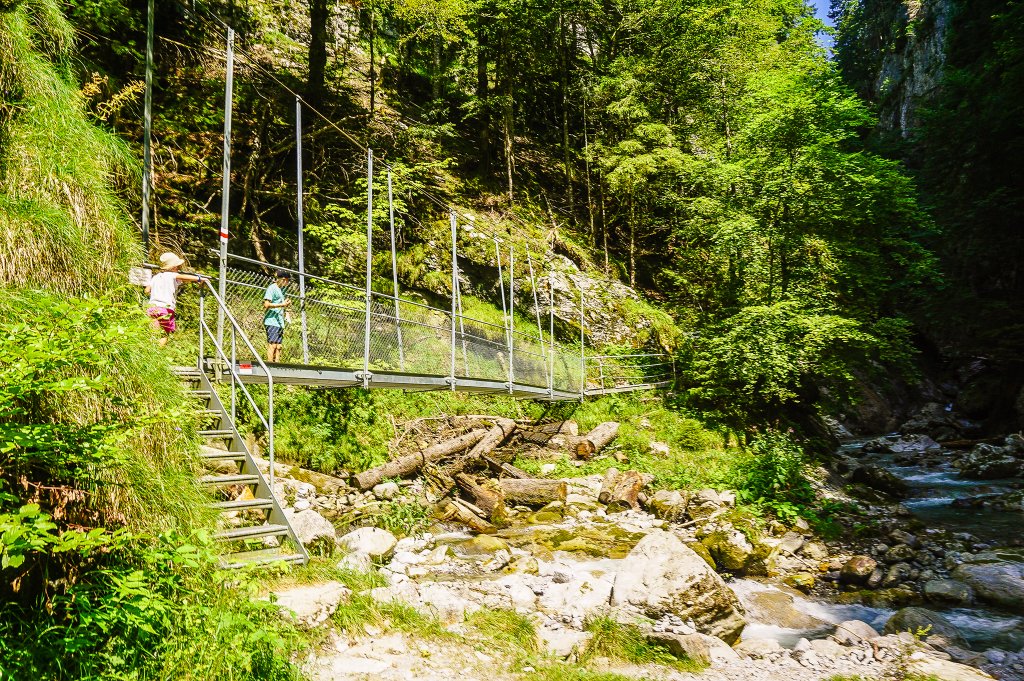
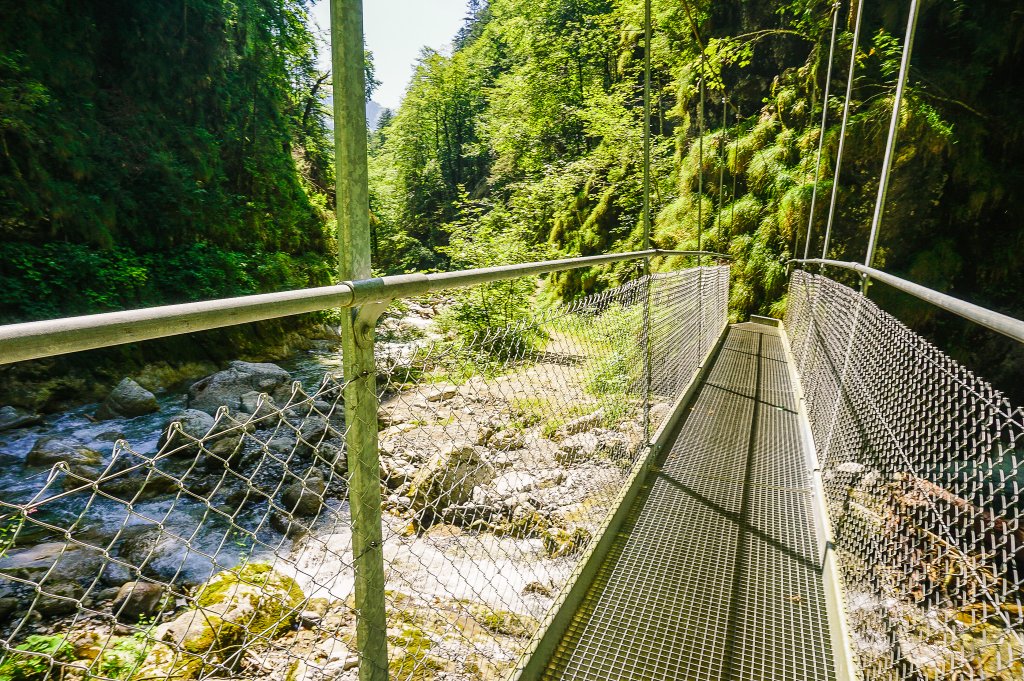
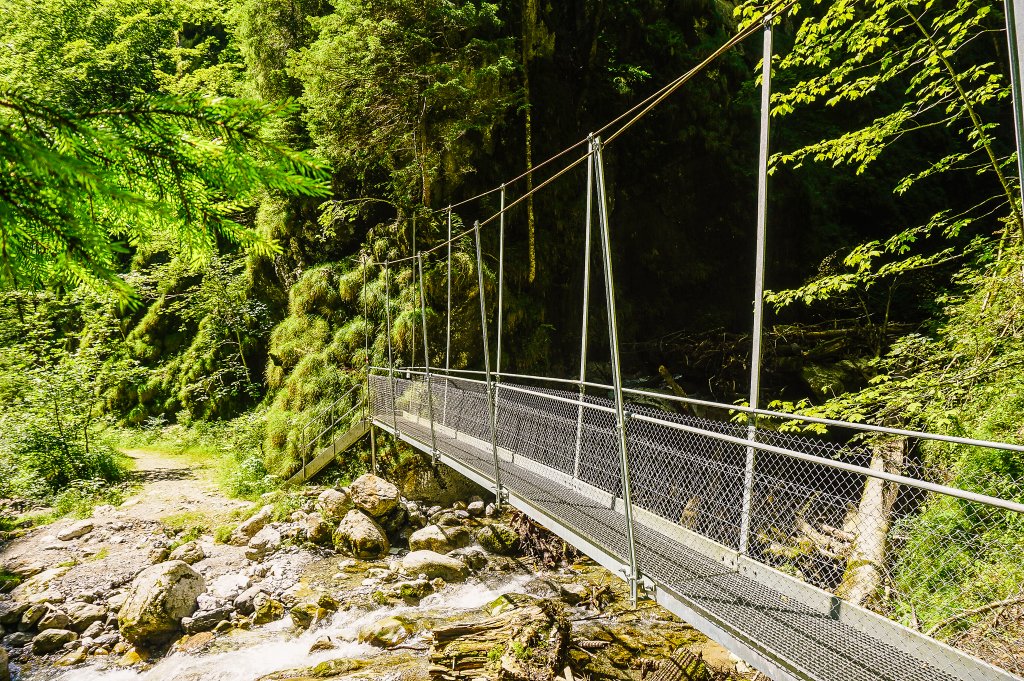
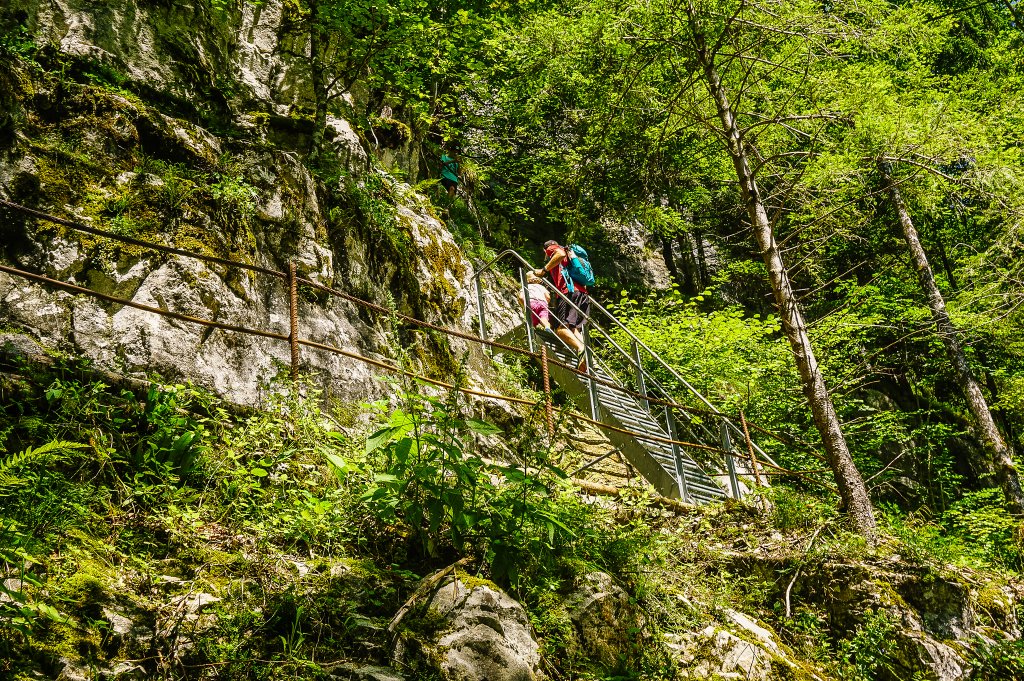
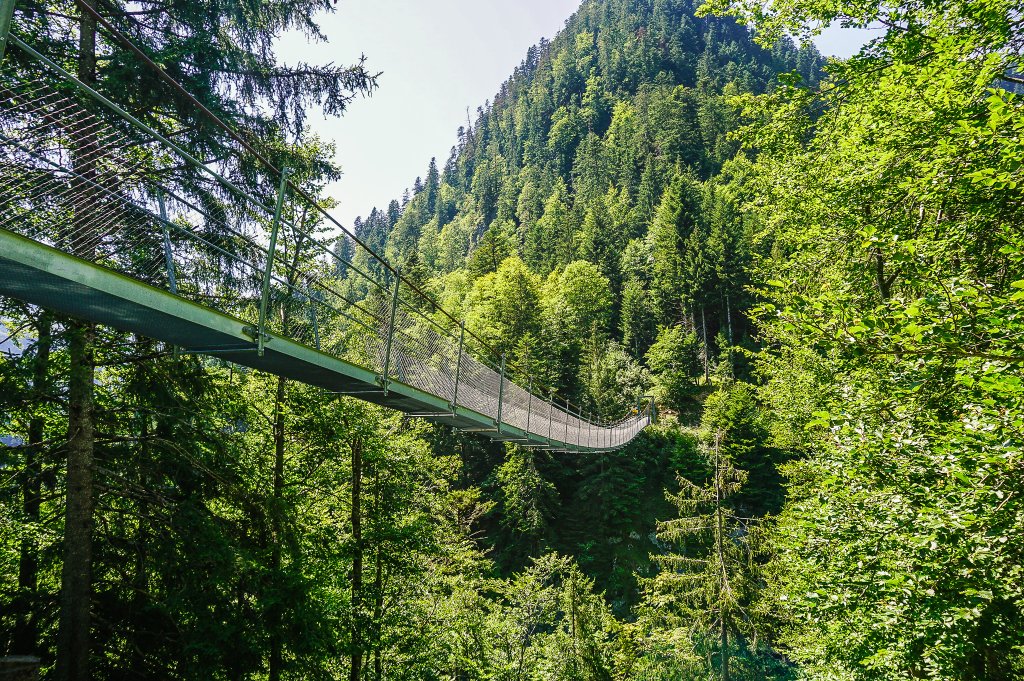
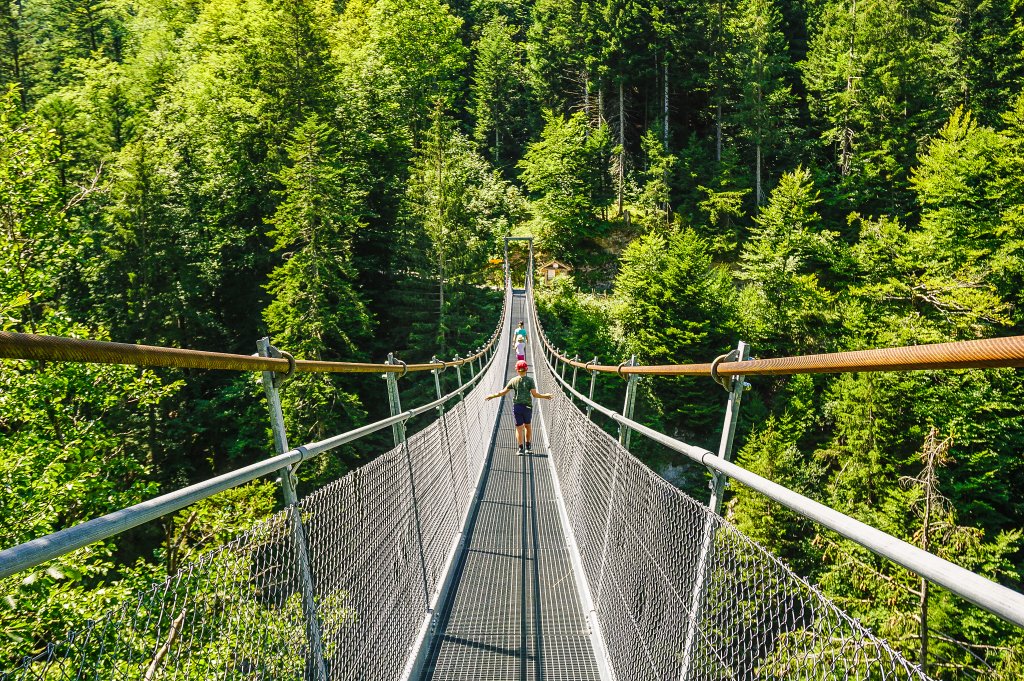
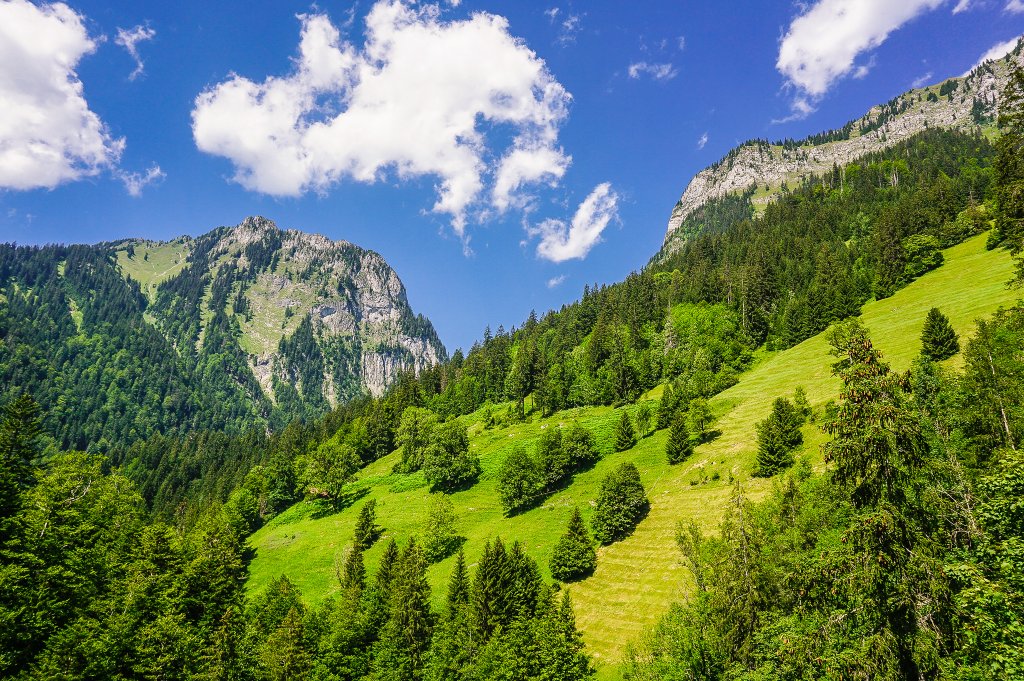
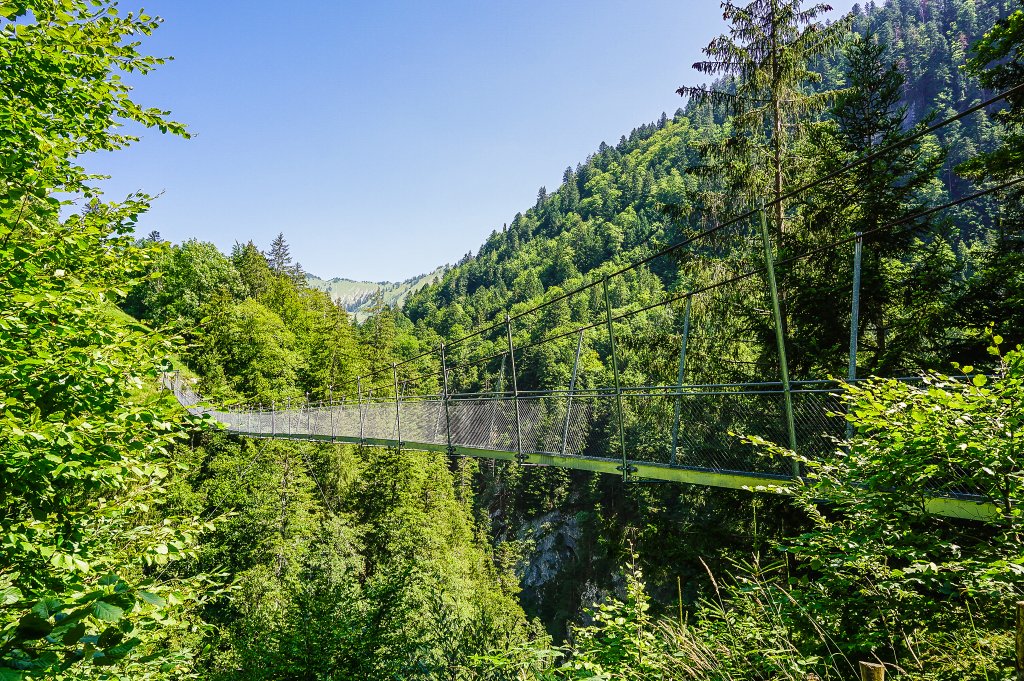
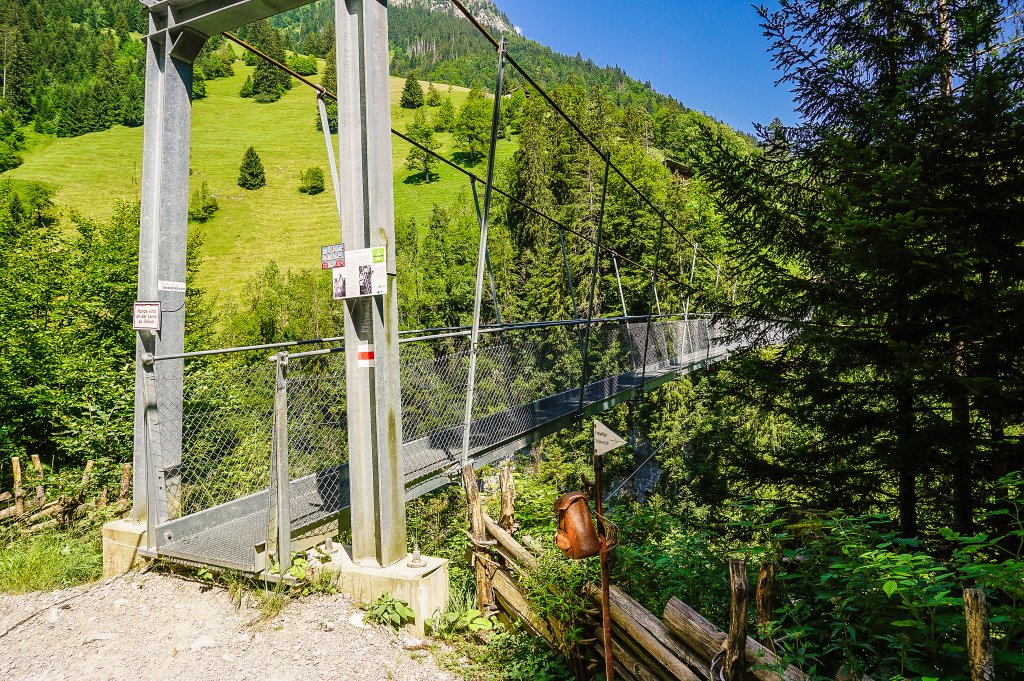
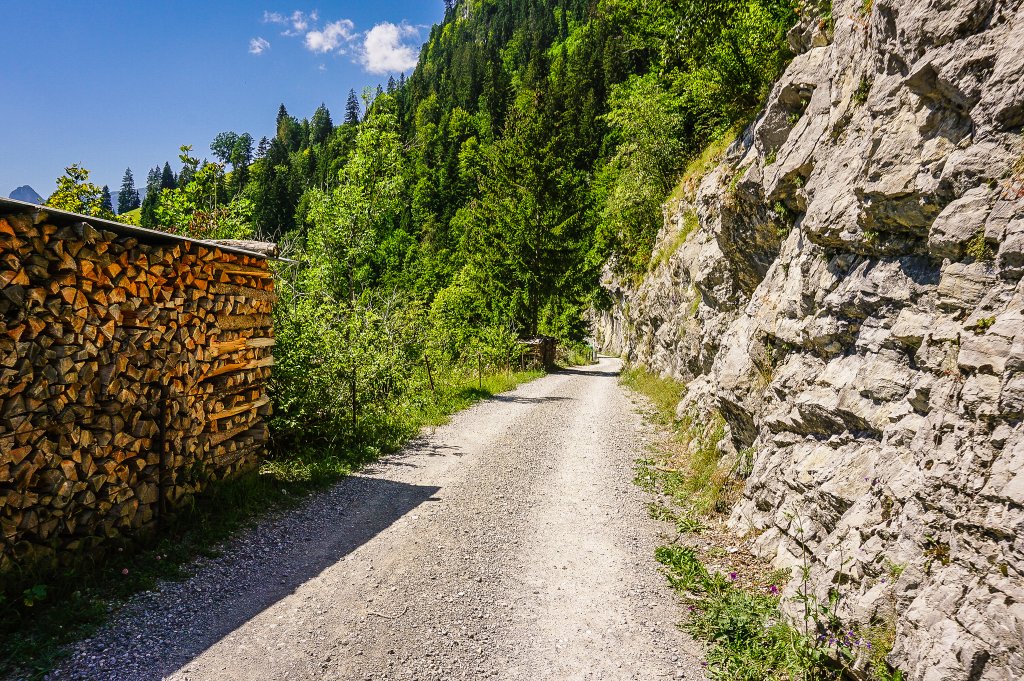
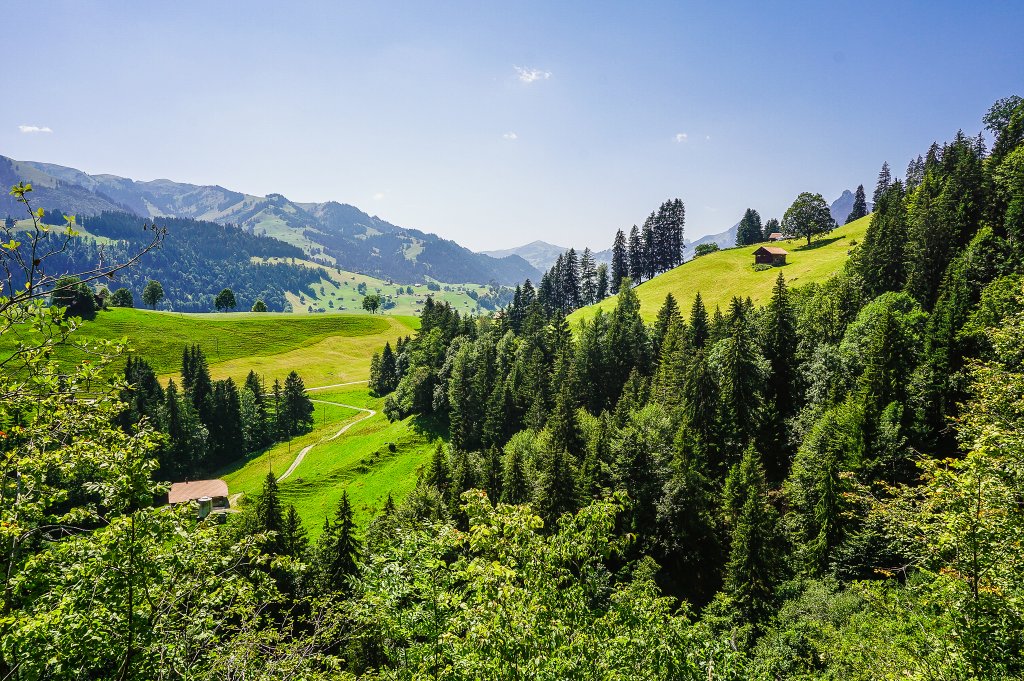
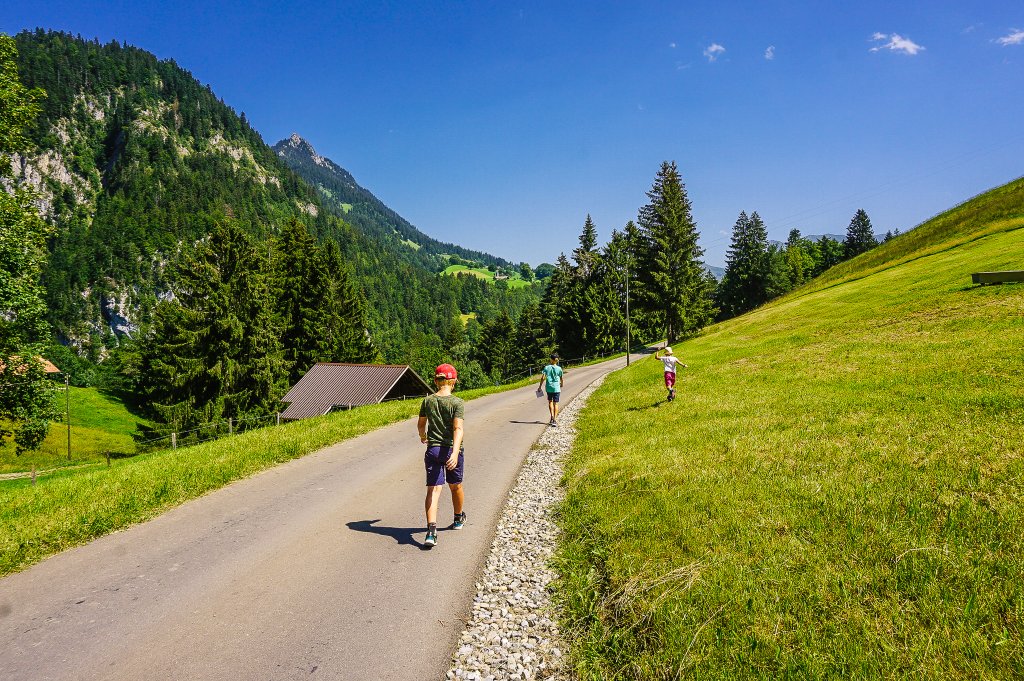
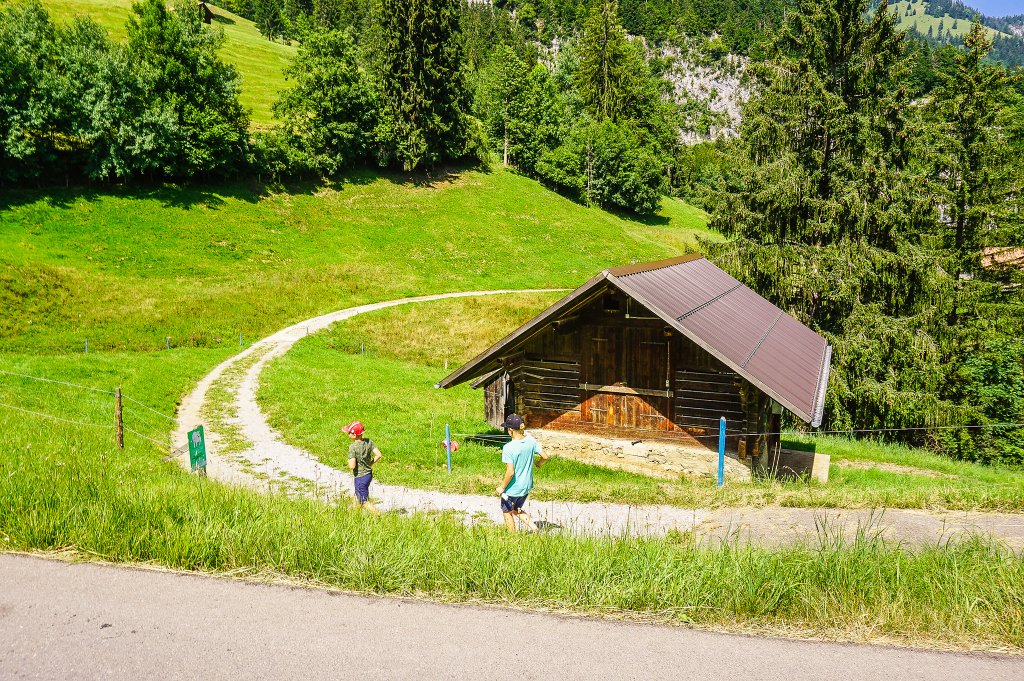
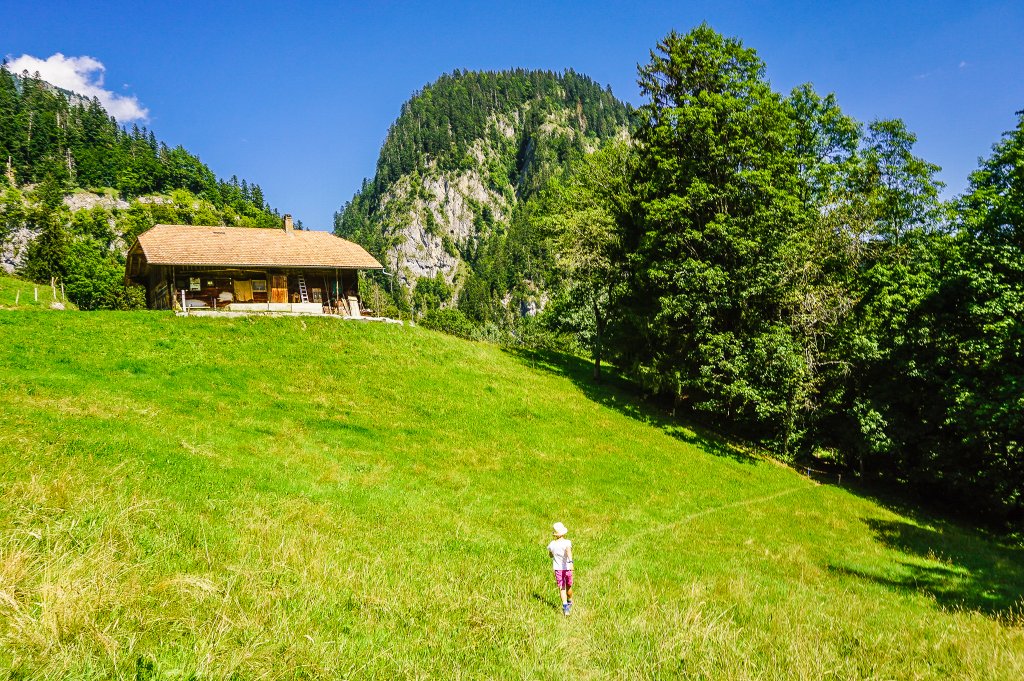
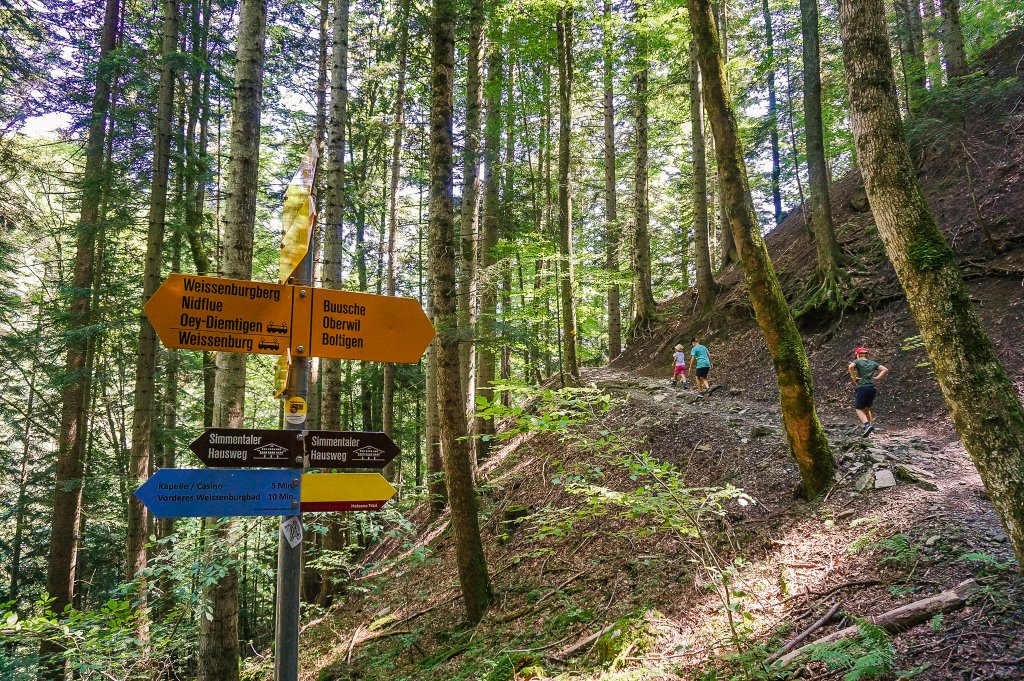
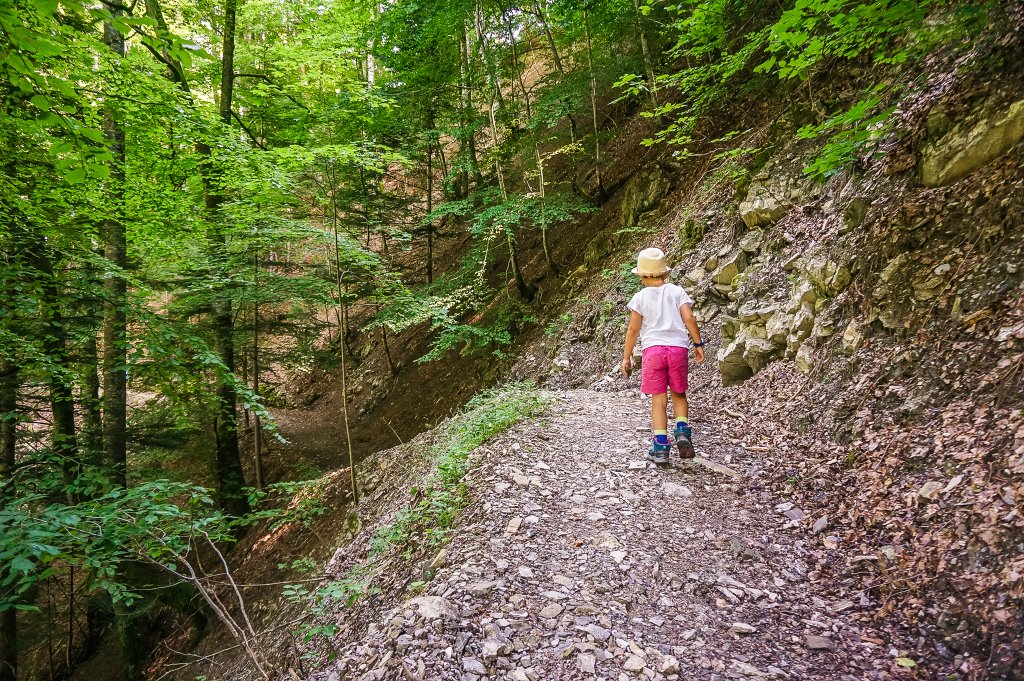
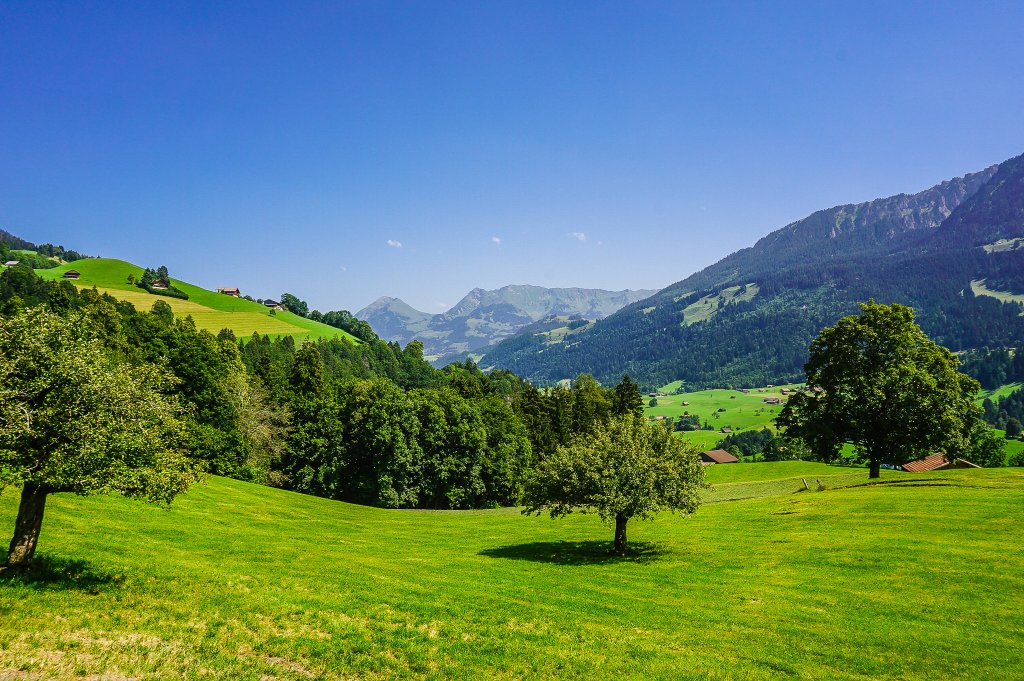
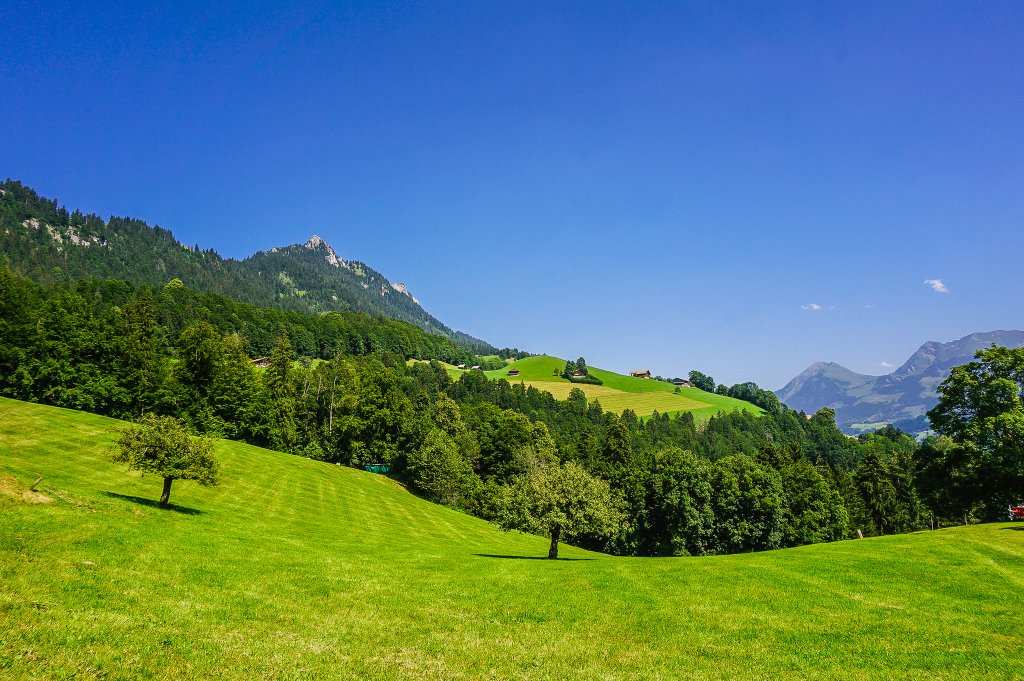
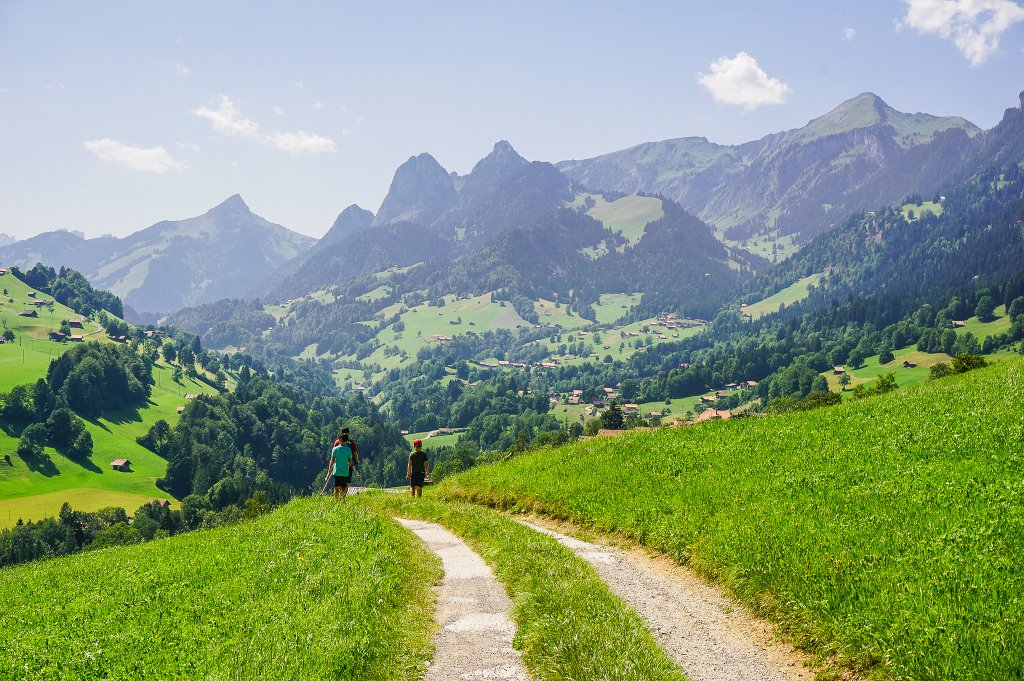
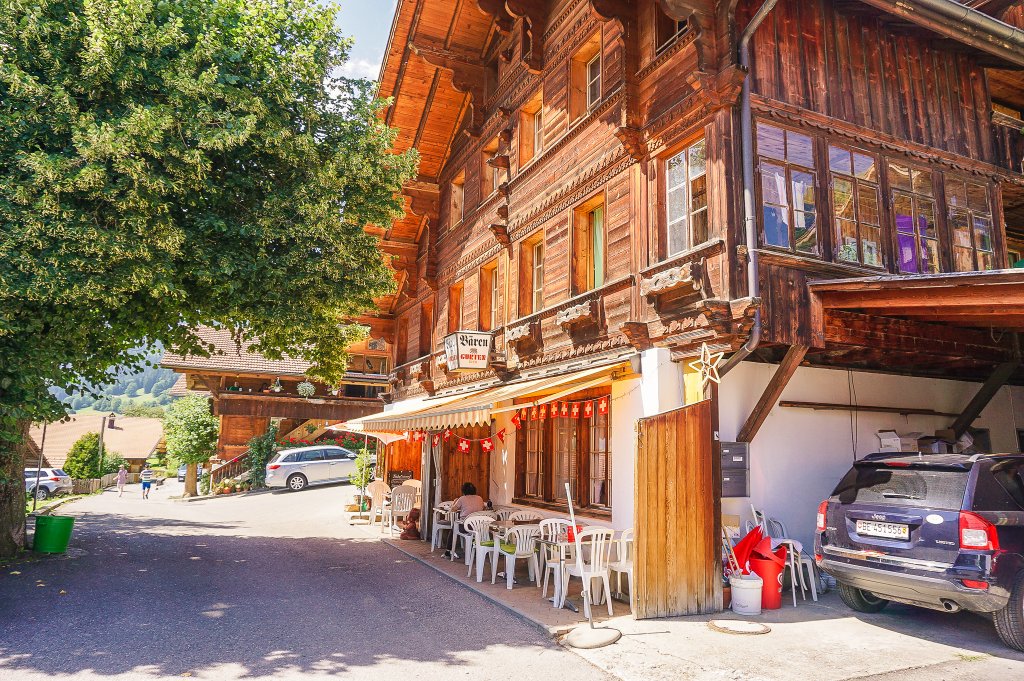
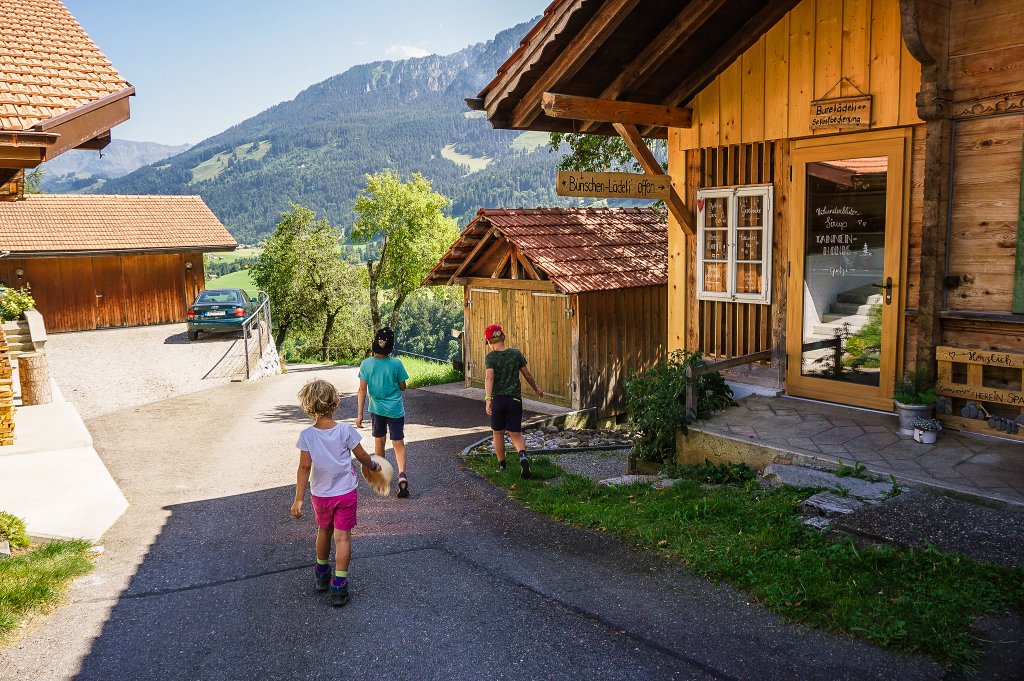

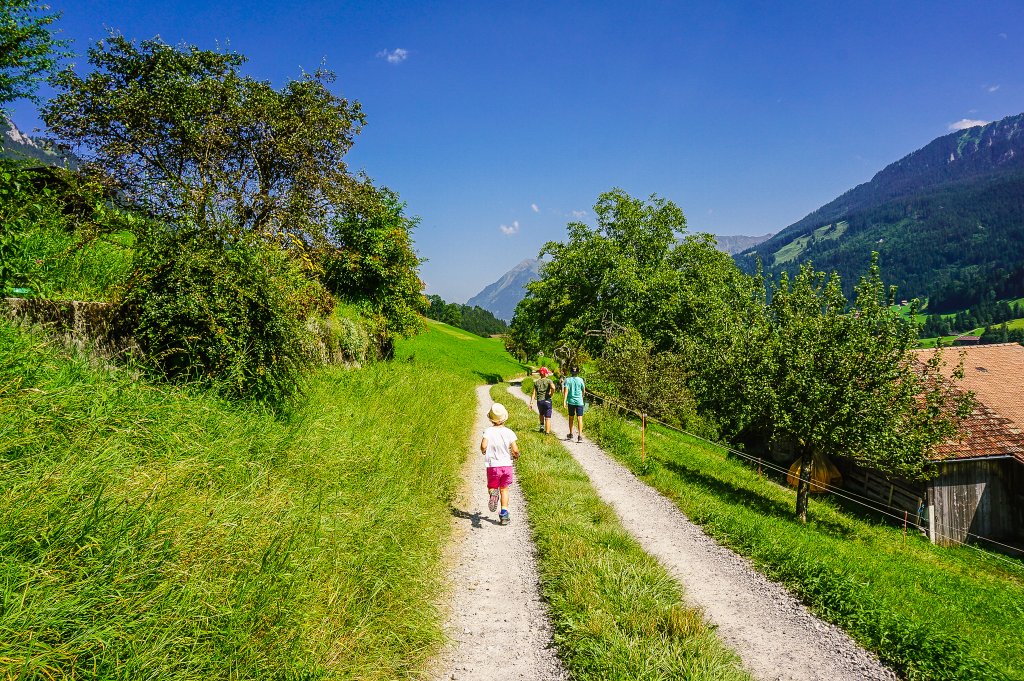
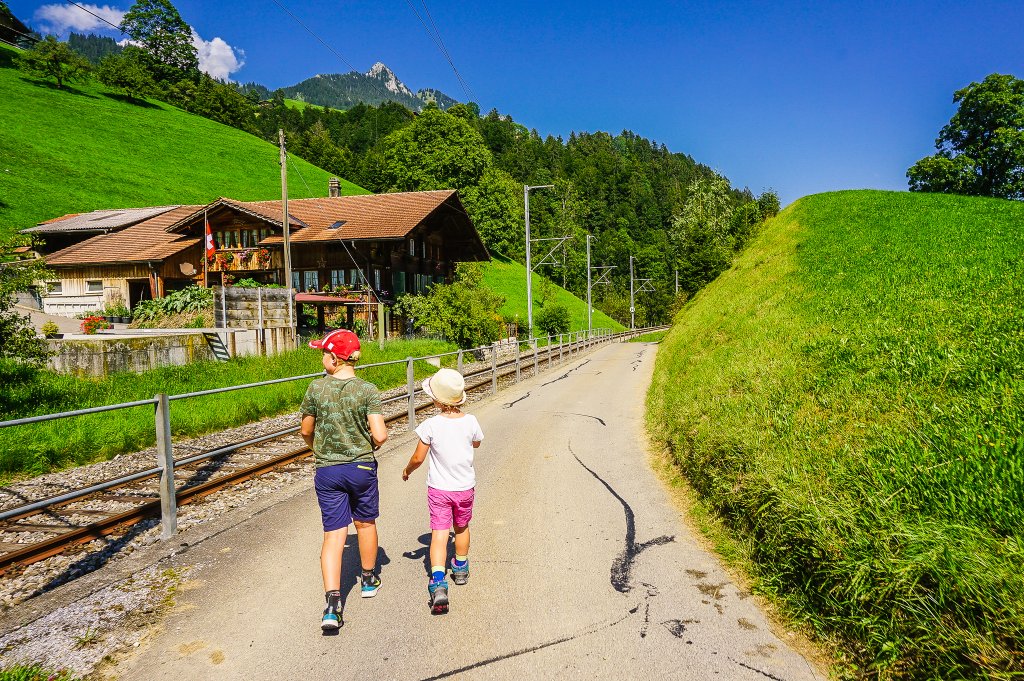
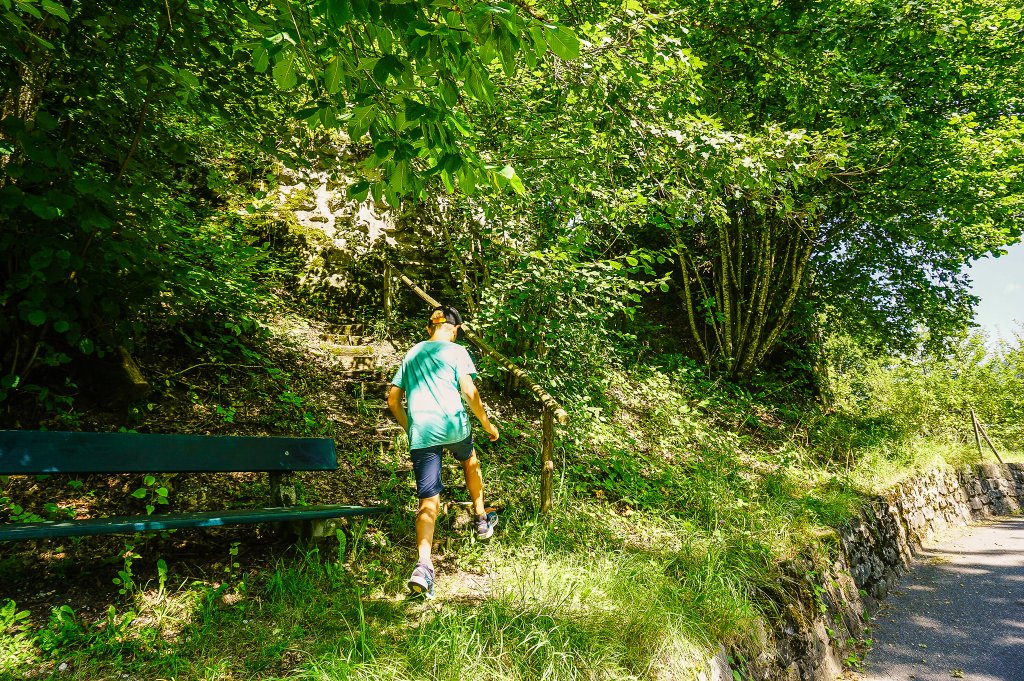
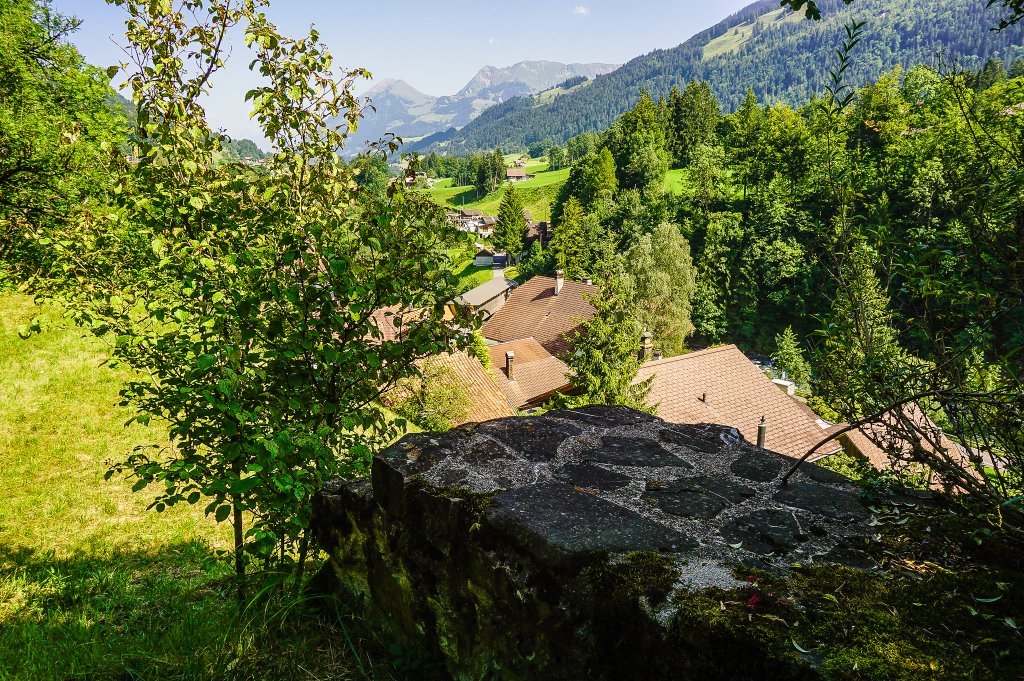
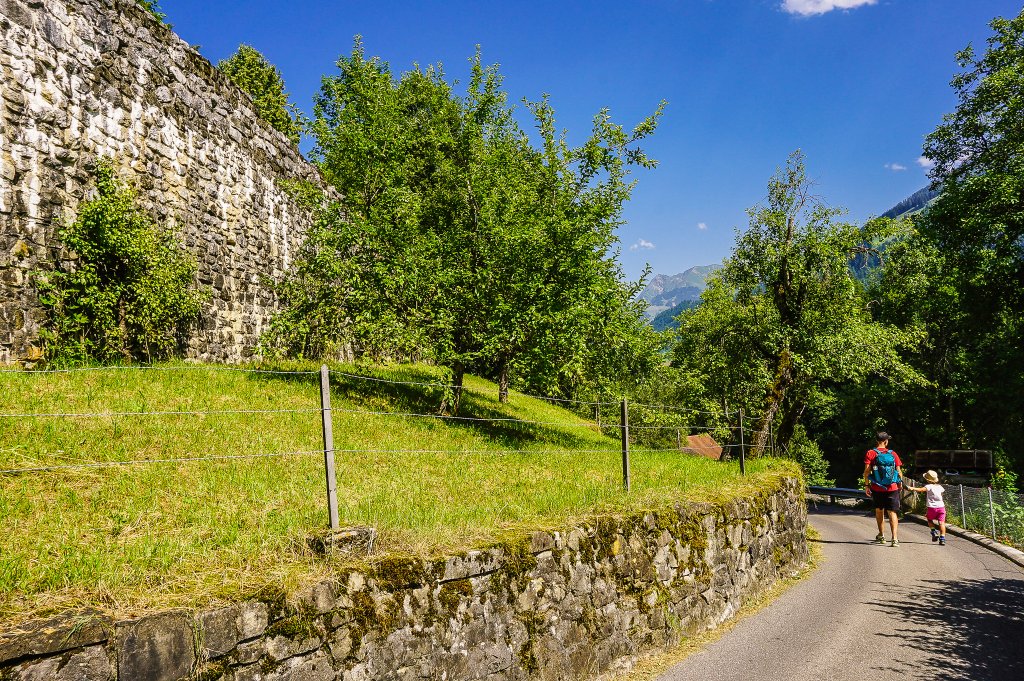
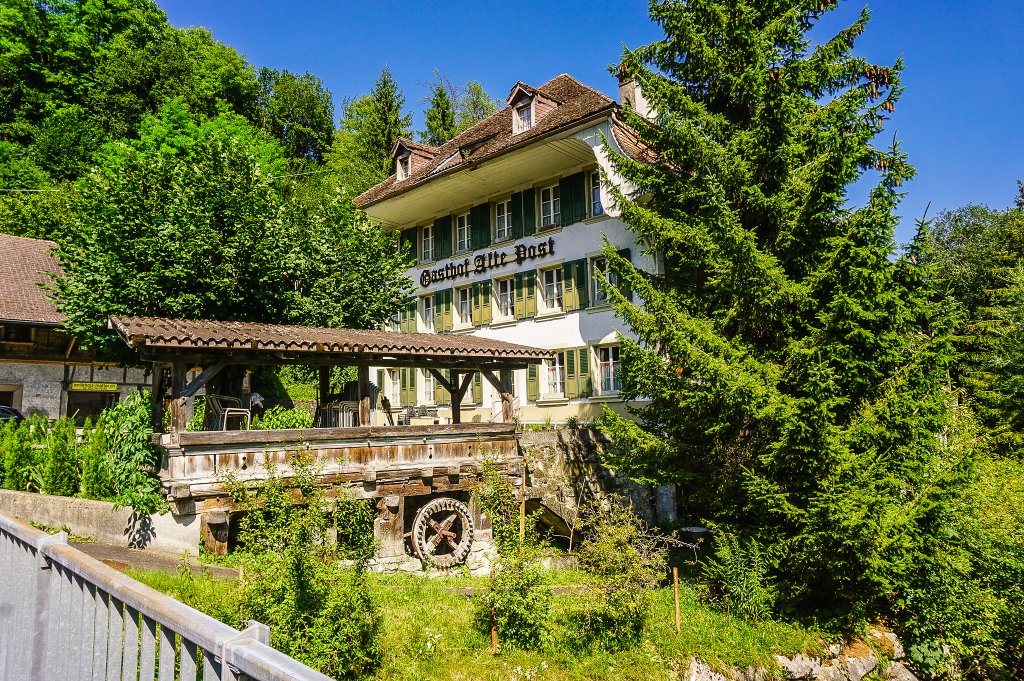

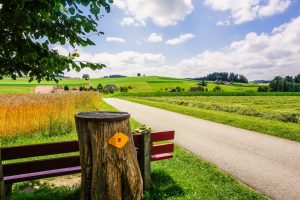
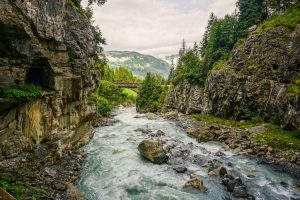

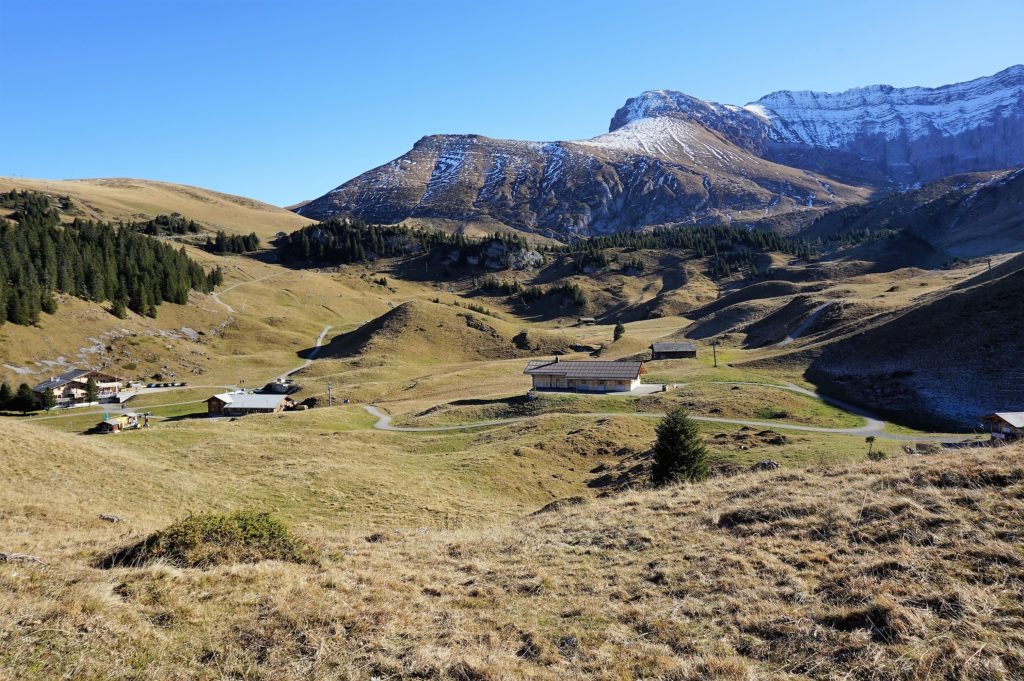
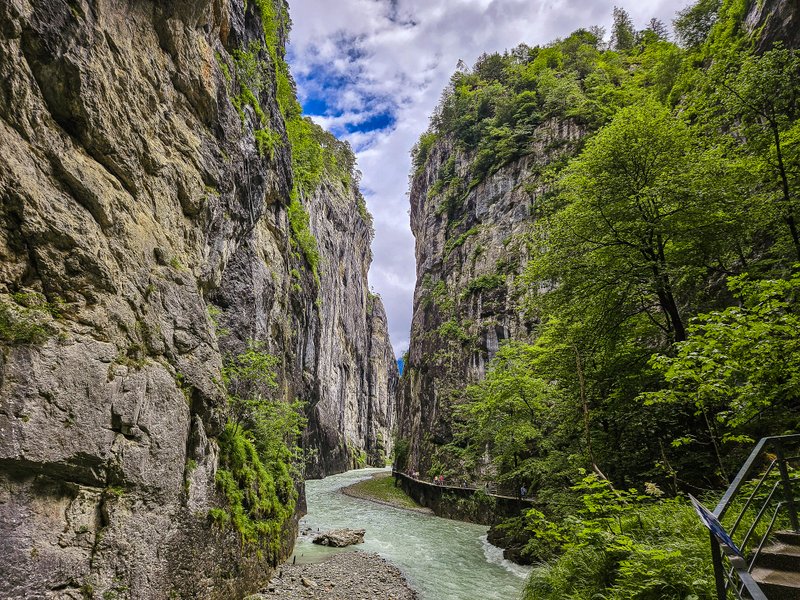
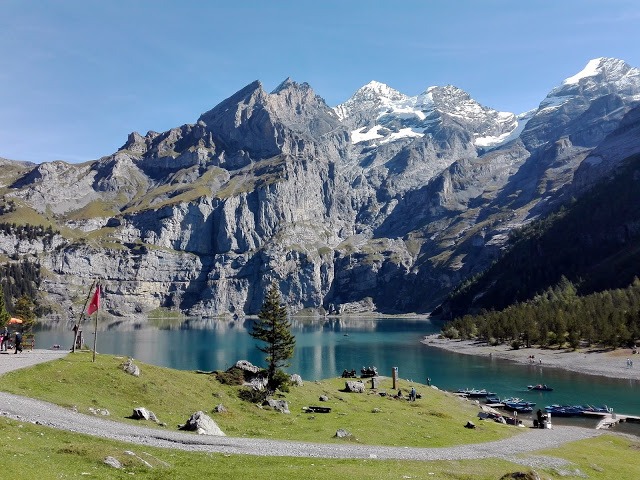





2 Comments. Leave new
Guten morgan!
Thank you for your interesting article, it was a very nice read.
I saw where you mentioned Weissenberg Minteralthermen AG. It was a search on them that brought me to your article.
I am located in the USA, in southern Alabama. While hiking in some wooded land I own, I found a green bottle with a white ceramic flip top similar to Grolsch beer bottles. The Weissenberg bottle is roughly 750ml.
It seems very strange that I would find this bottle so far away from Weissenberg, but I guess people travel. I believe there was at one point a relationship between Weissenberg Mineralthermen and Schweppes and Pepsi-Cola. Perhaps some bottles of the mineral water made it here through them?
In any case, I was curious if you might be so kind to point me to any other resources or websites to learn more about Weissenberg Mineralthermen AG, and maybe what some of their typical mineral water bottles looked like. If I understand correctly, the mineral water was bottled for the Swiss market.
Please, enjoy a fantastic and healthy new year!
I appreciate any helpful info you may offer.
Kind regards,
John Z